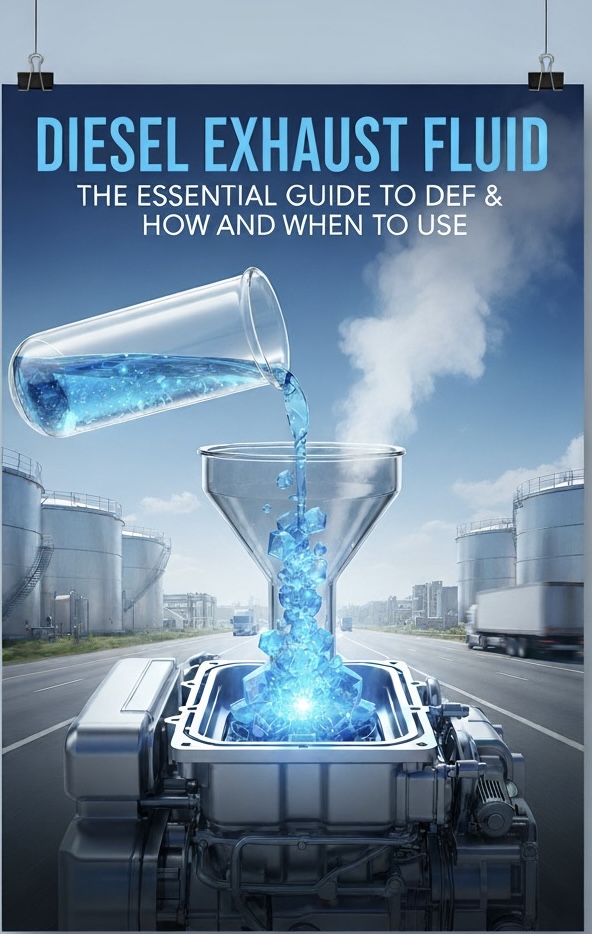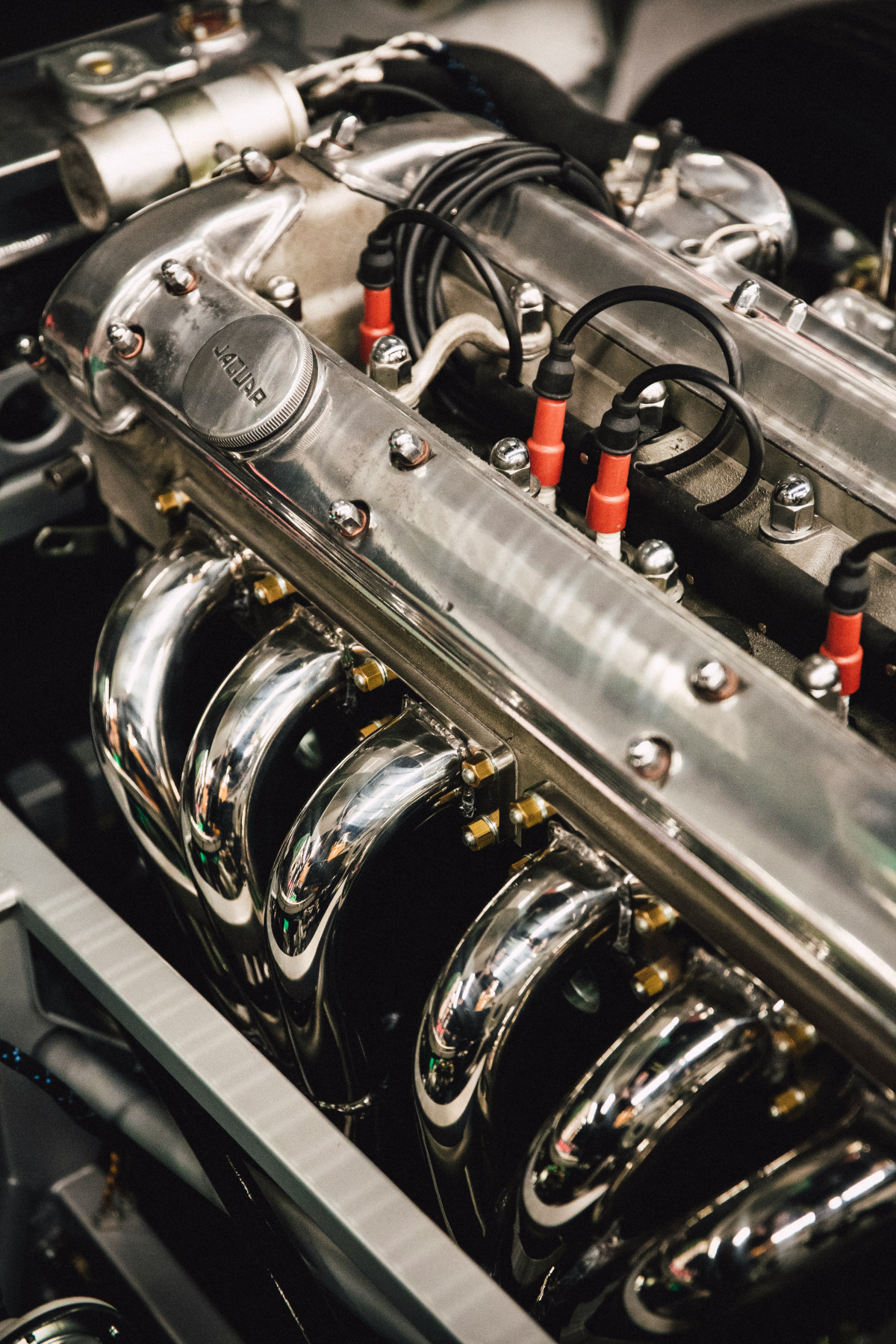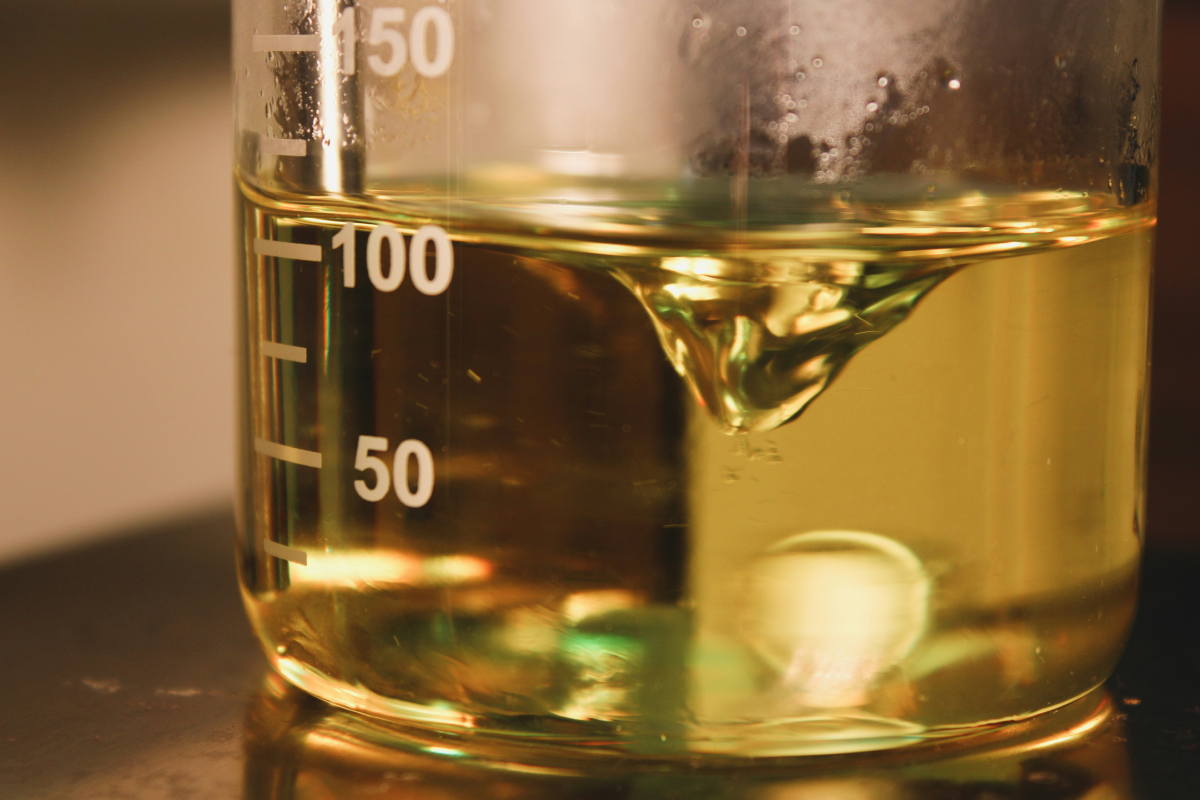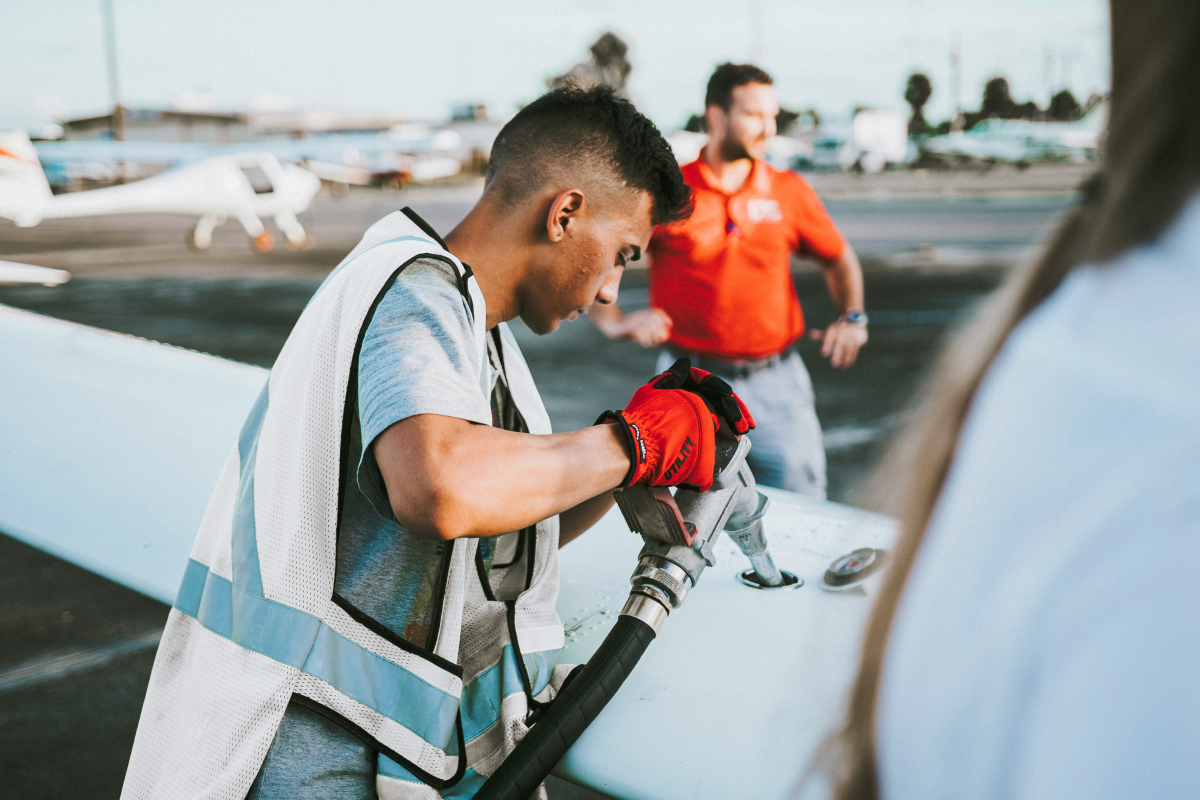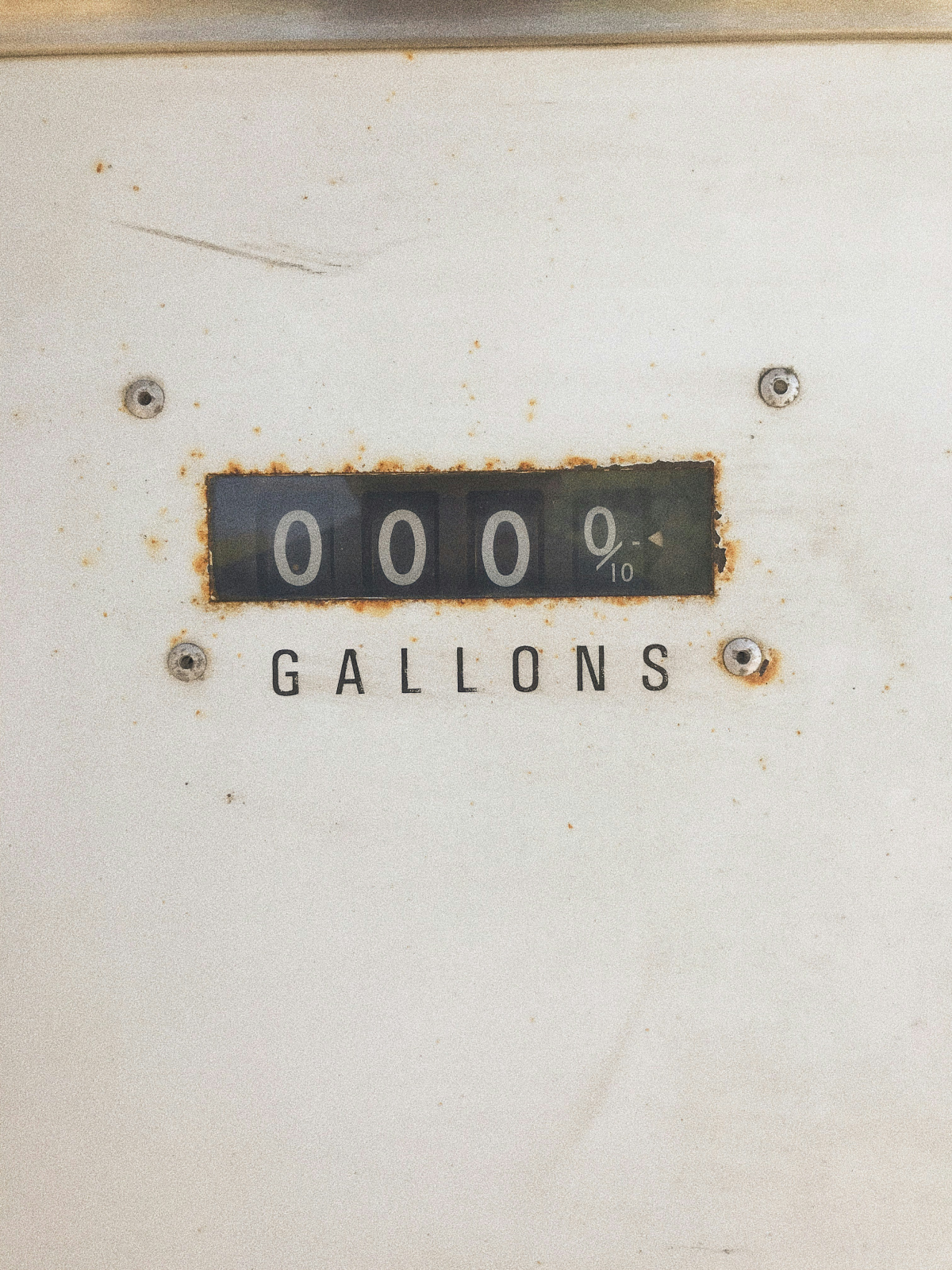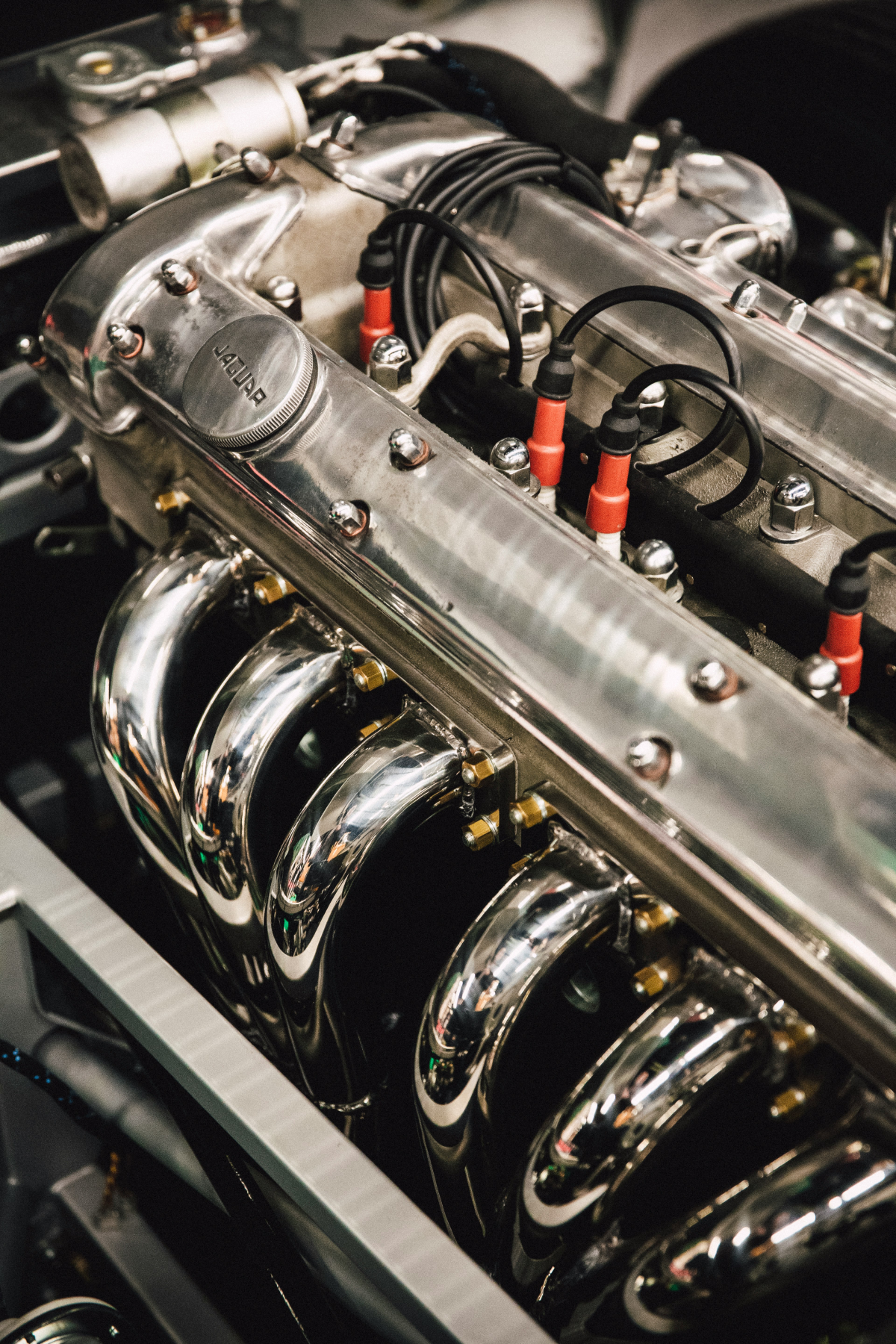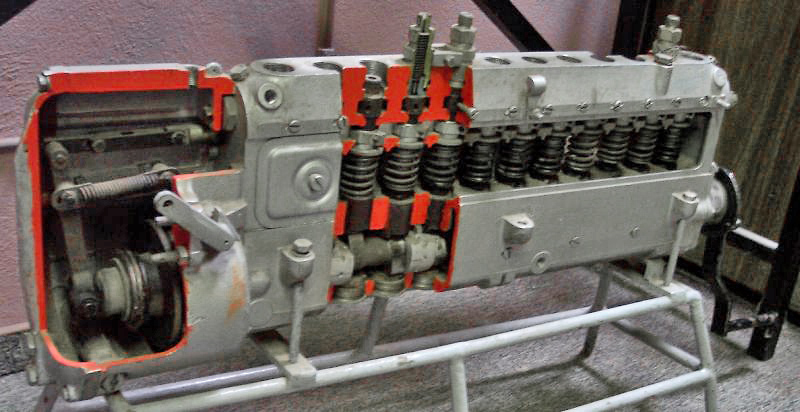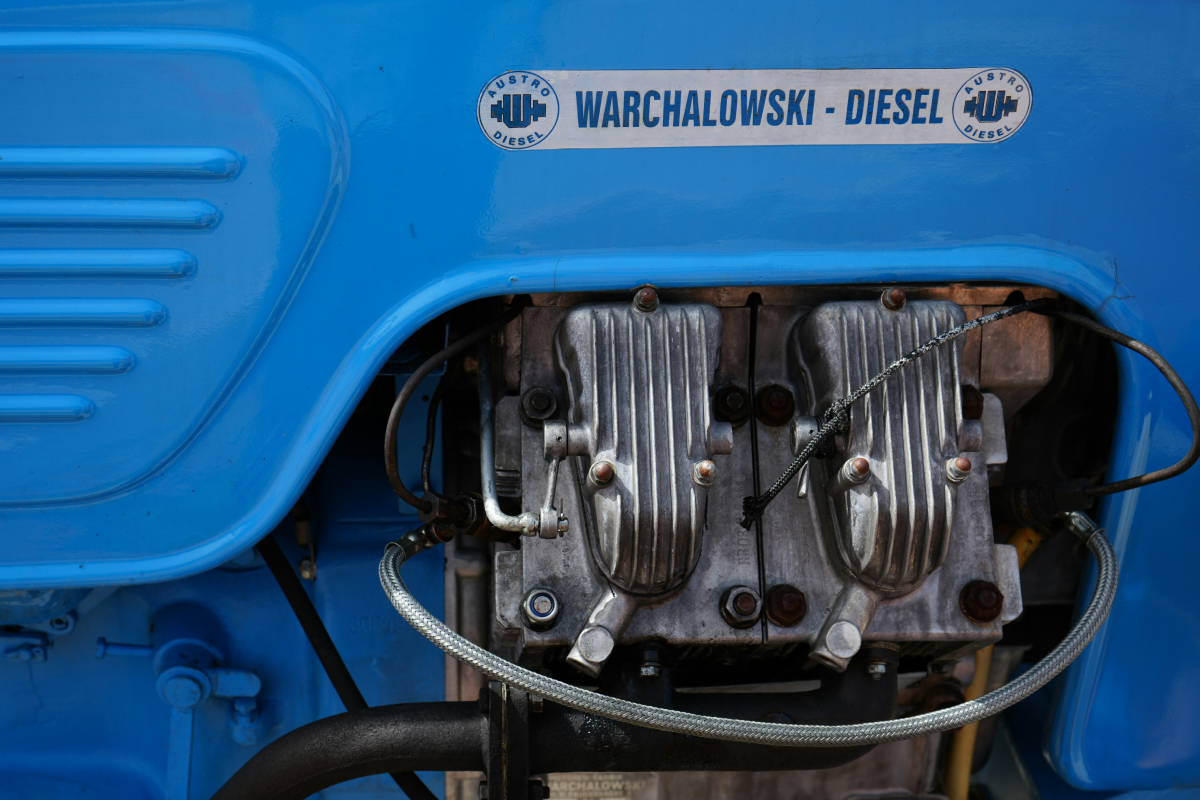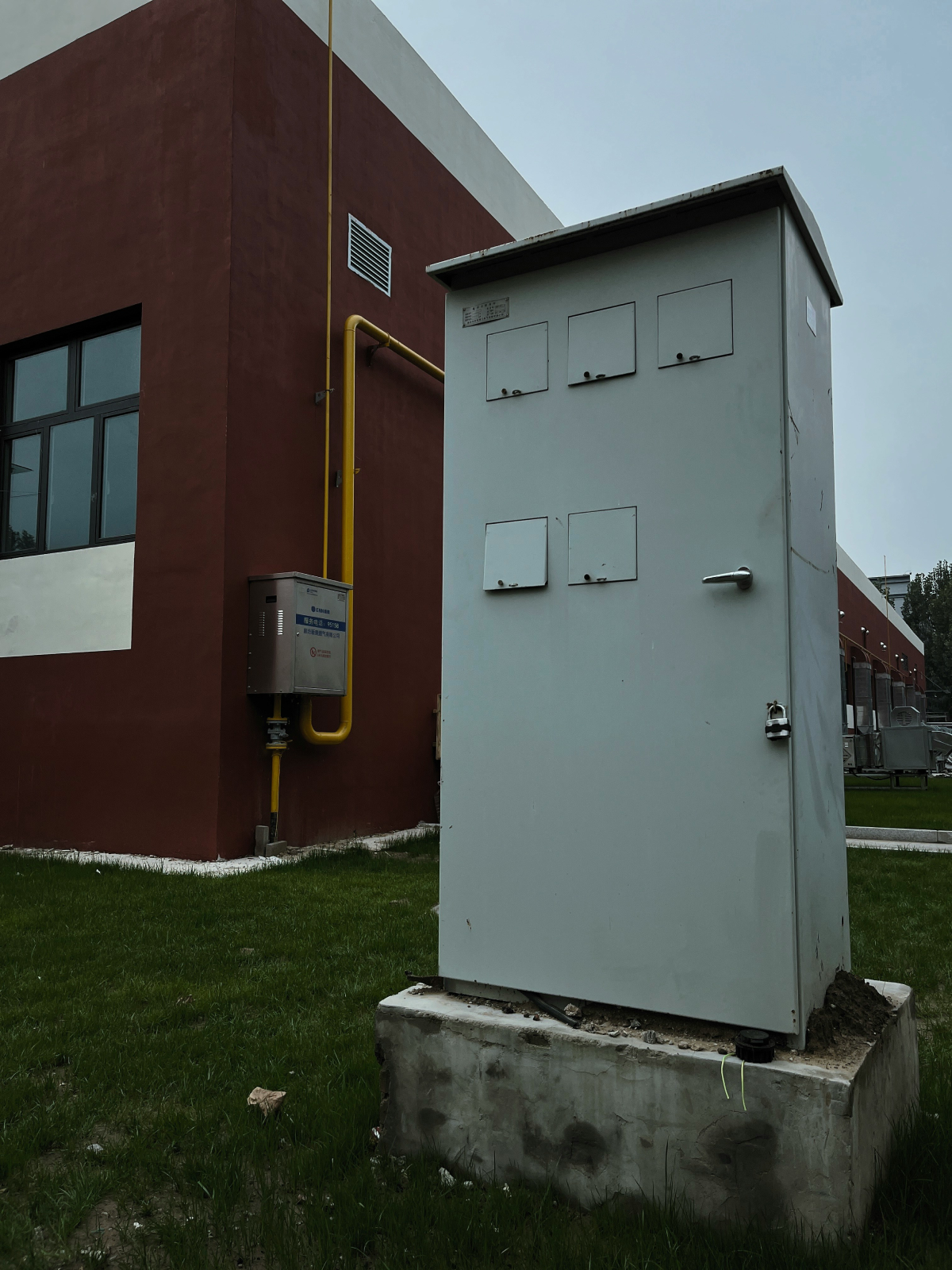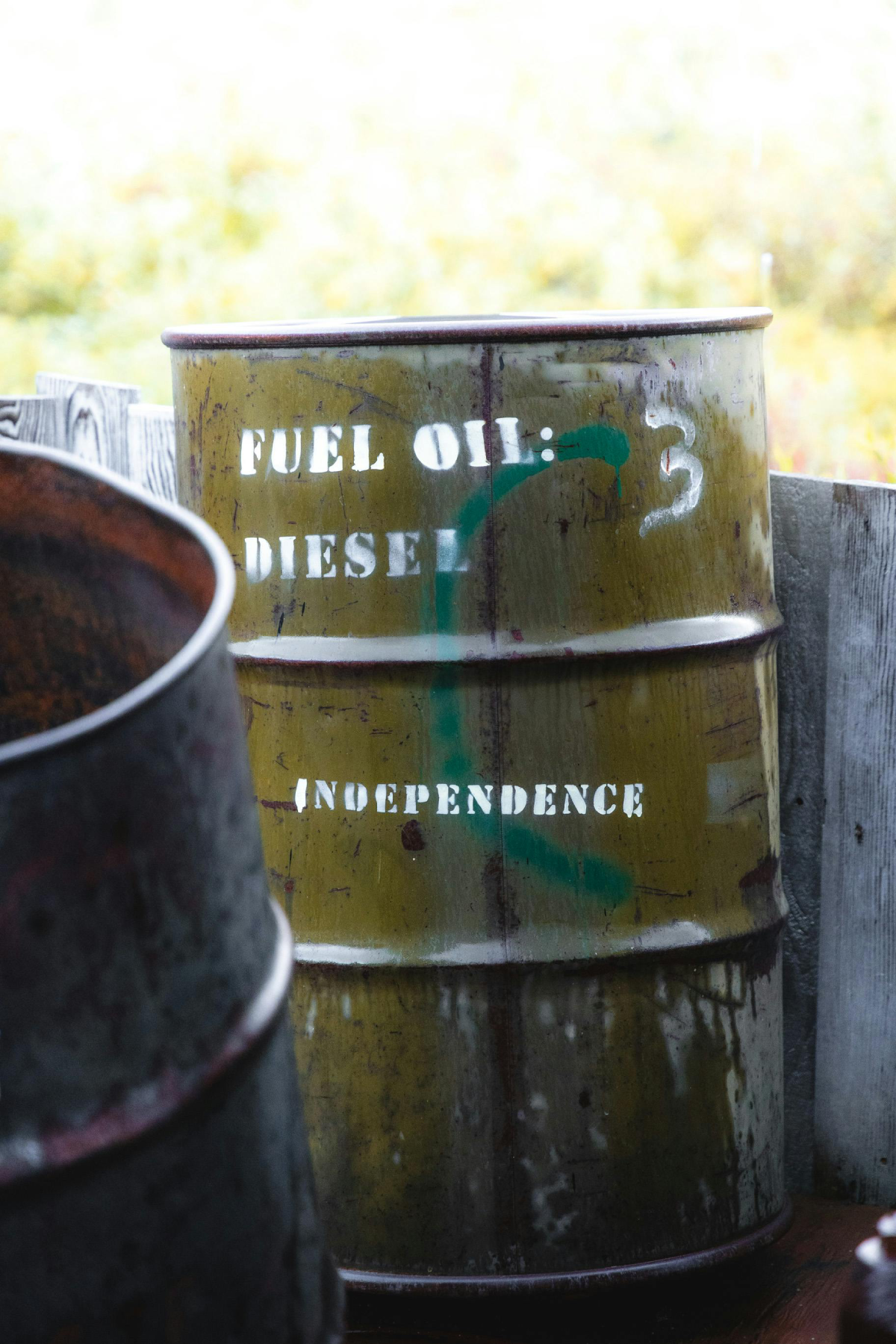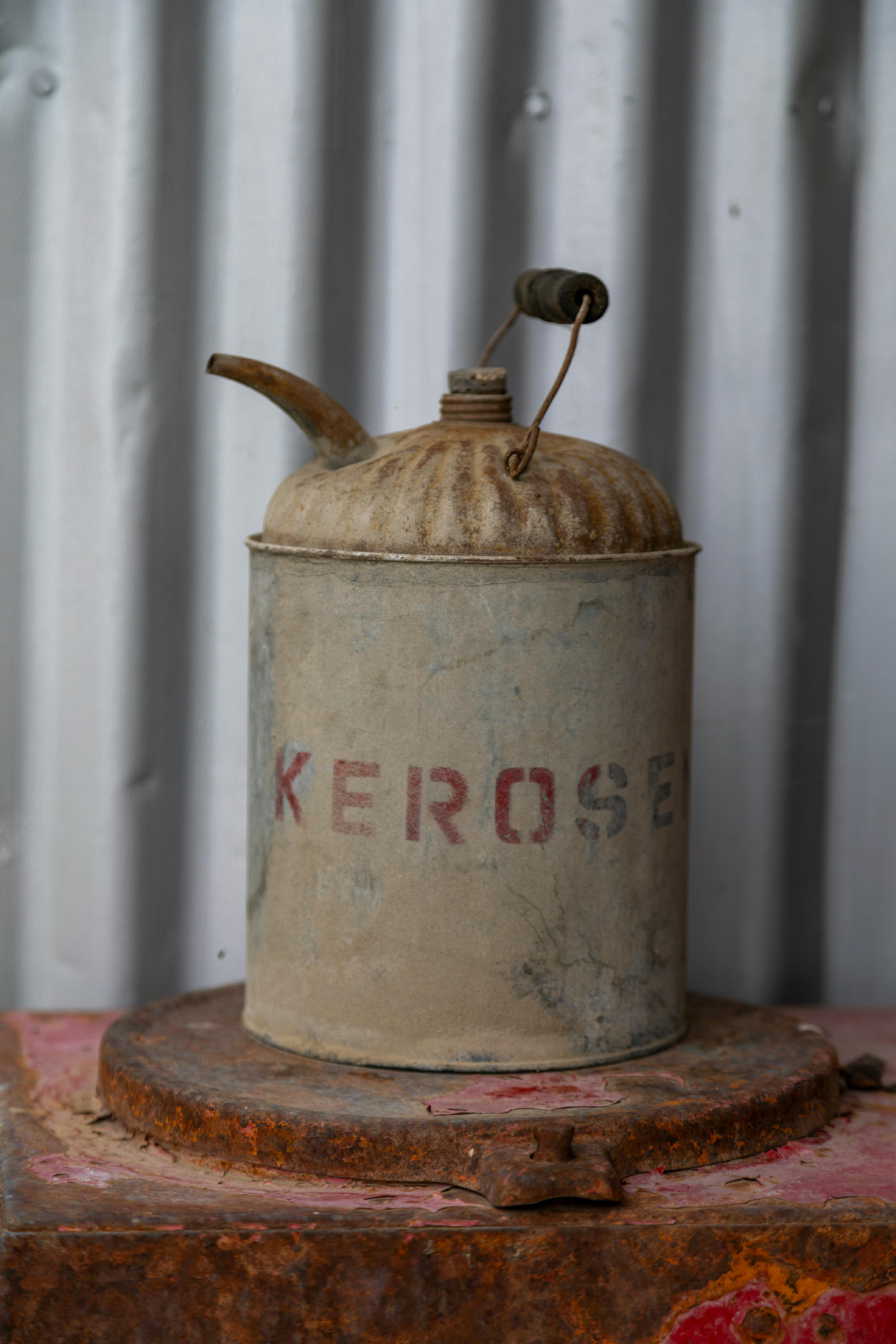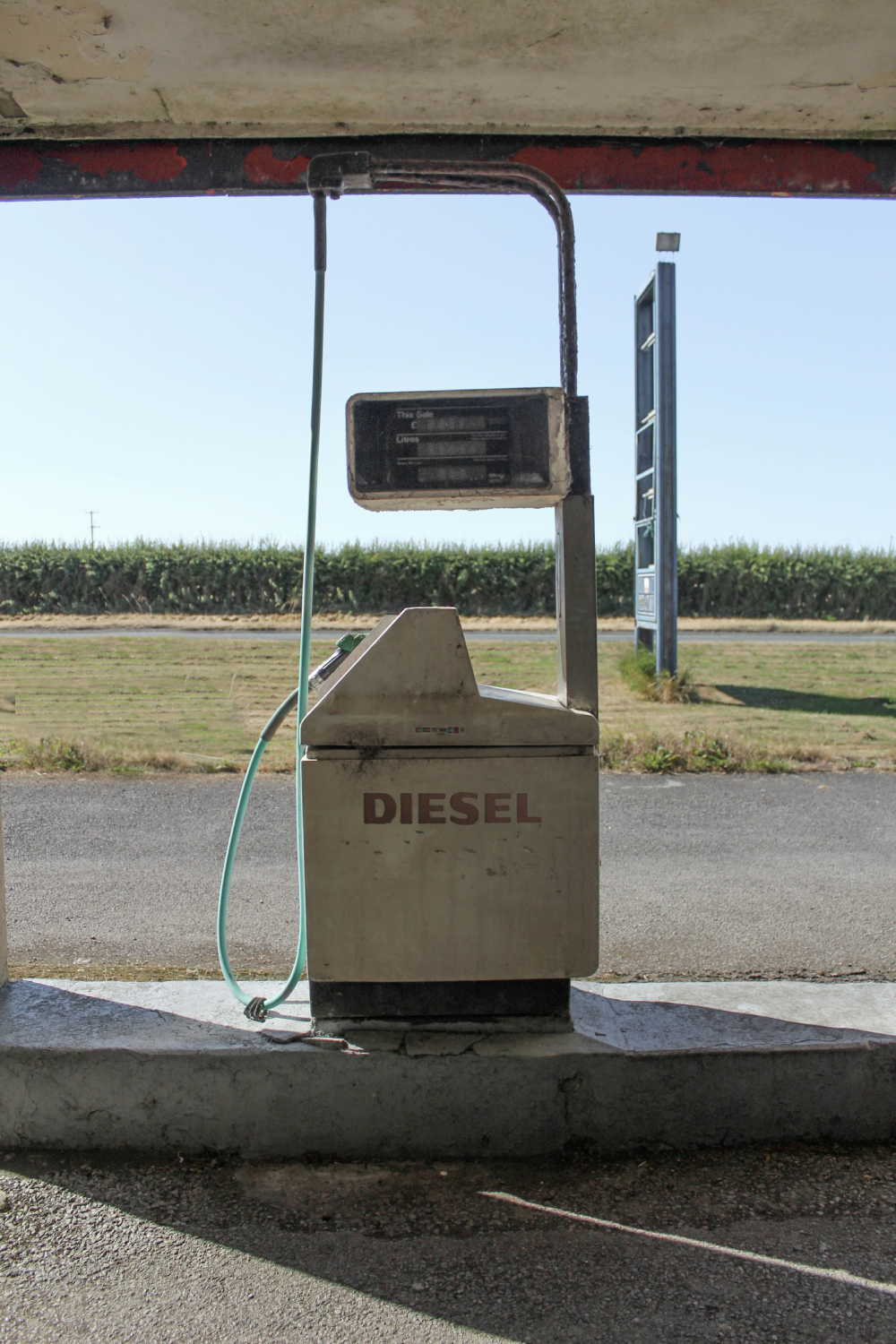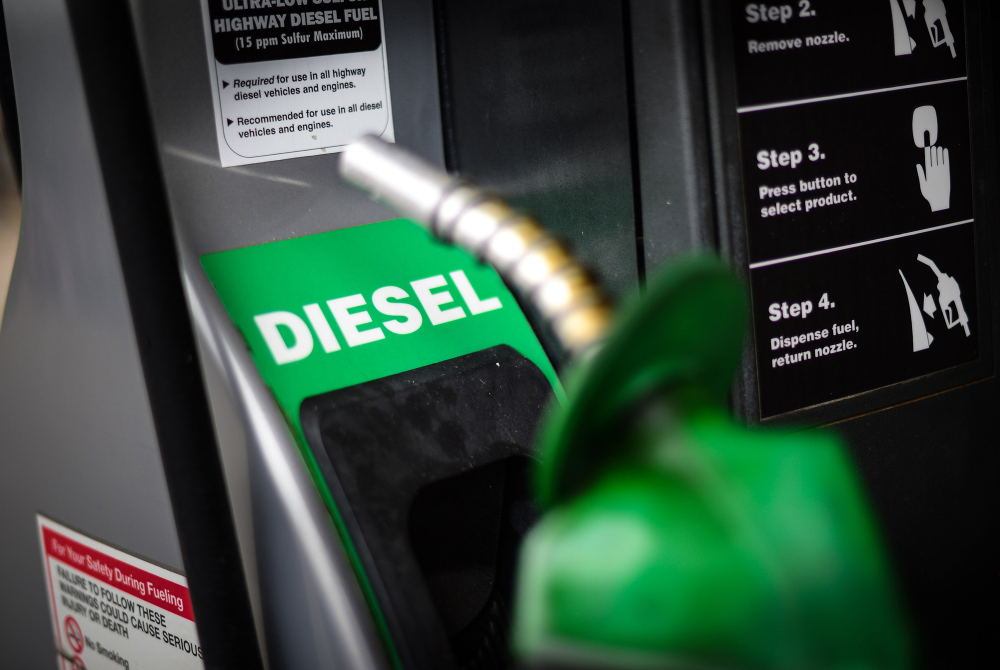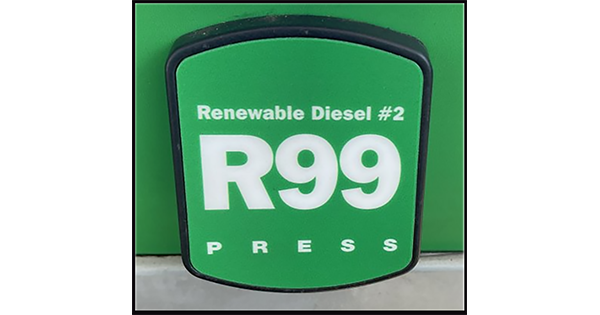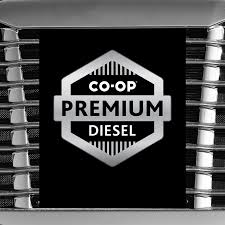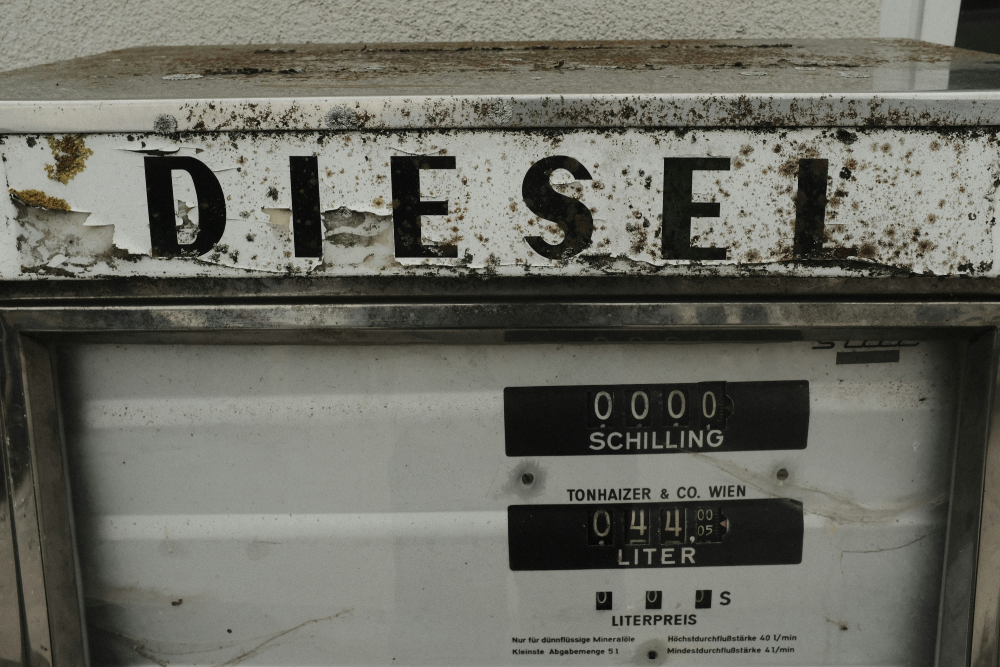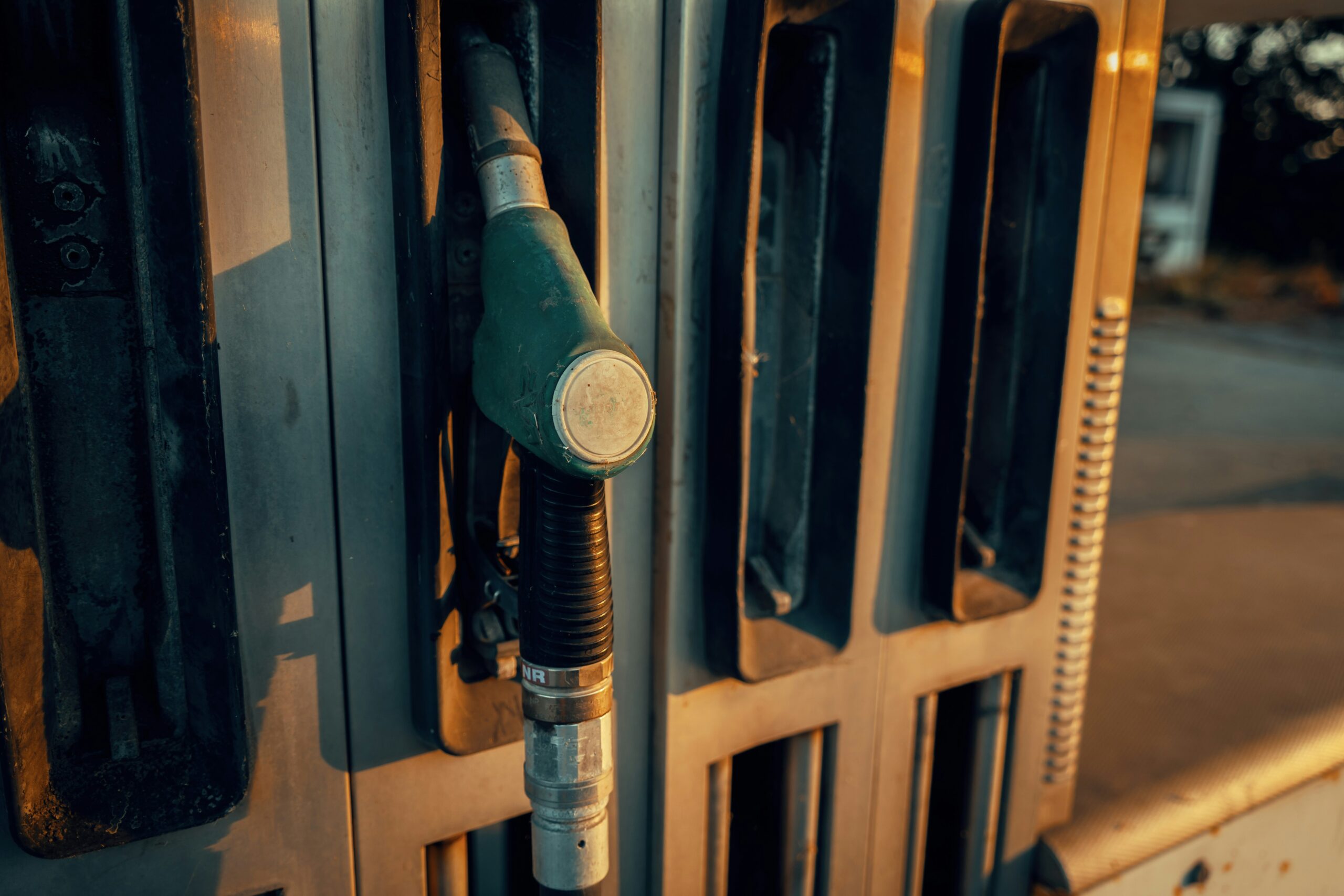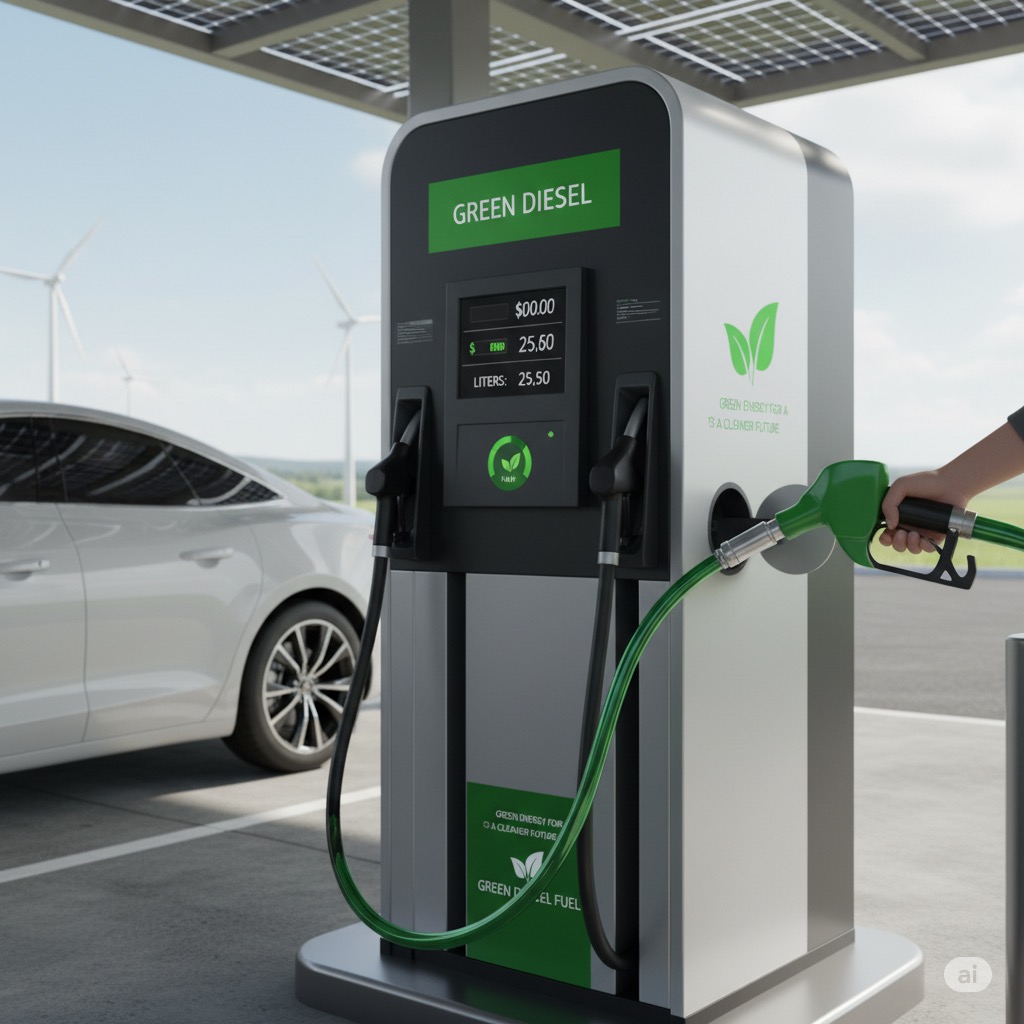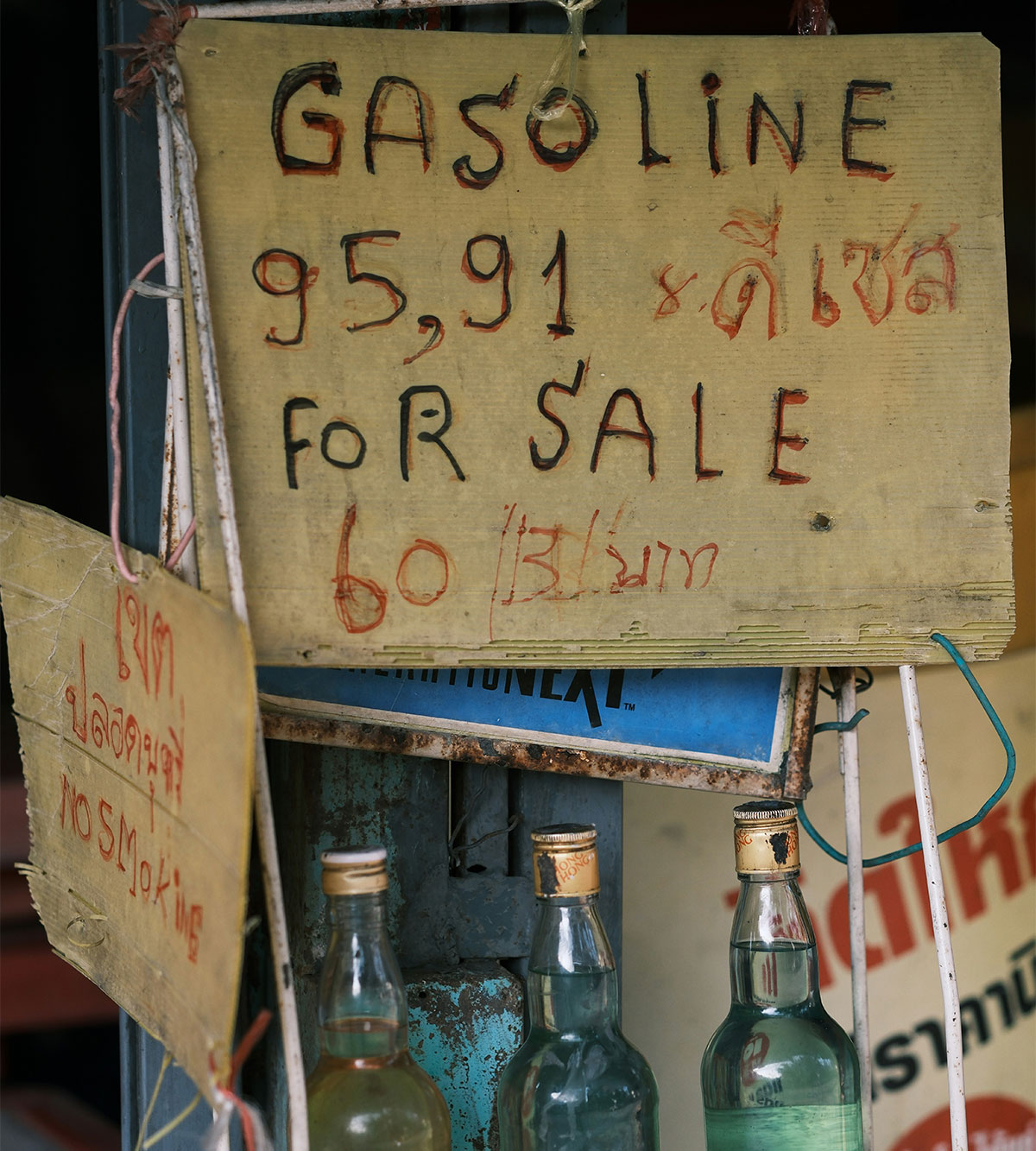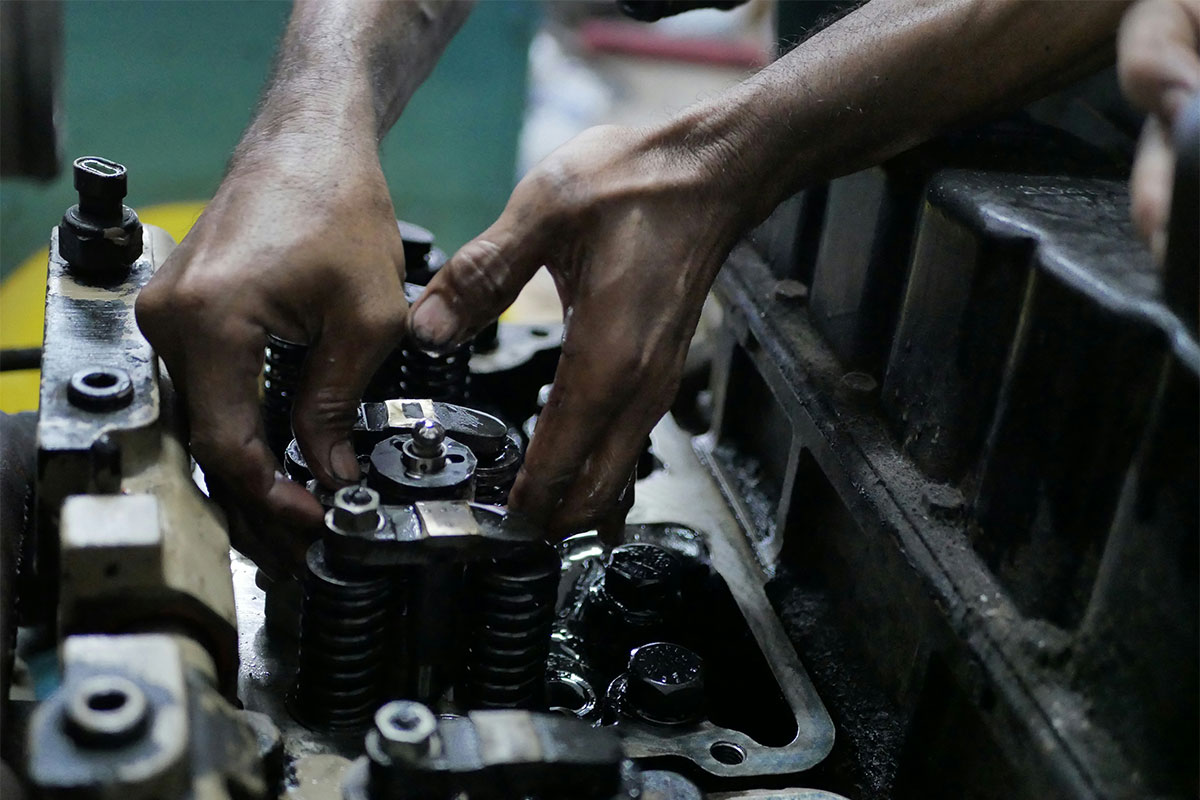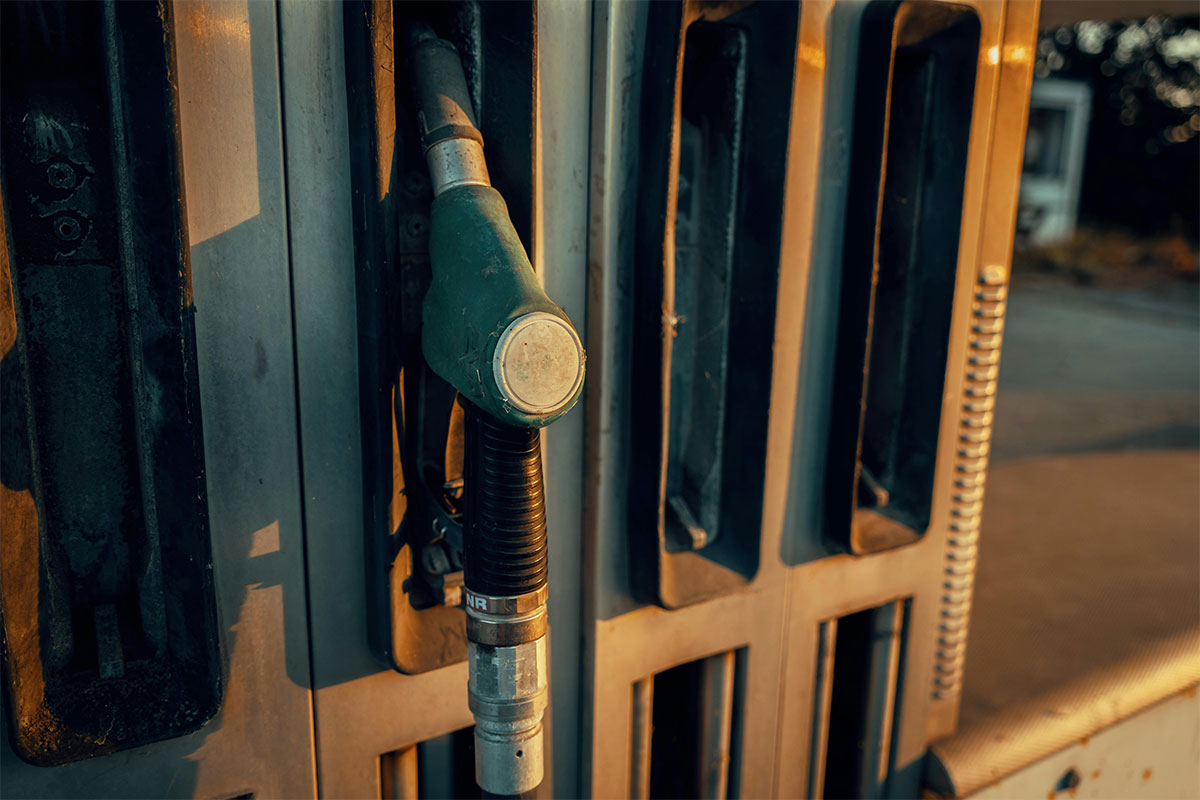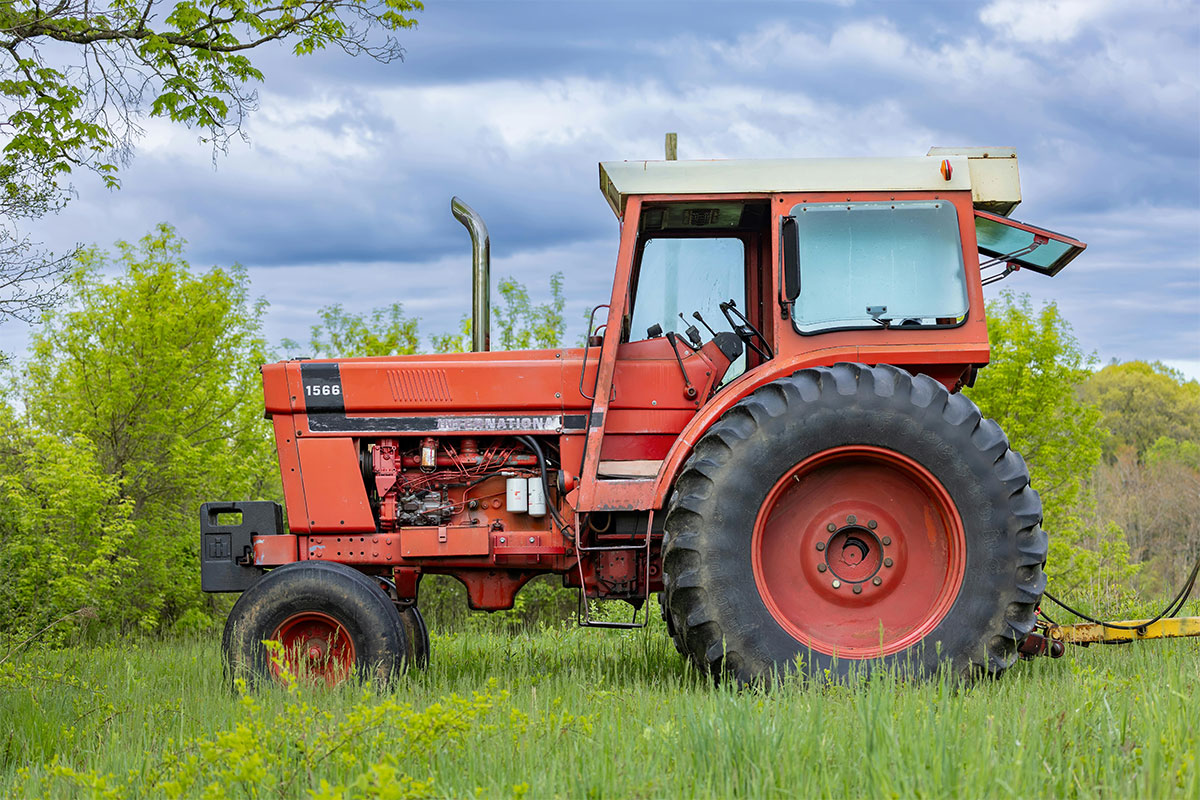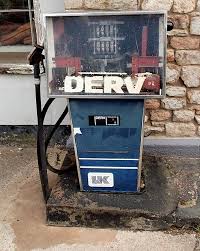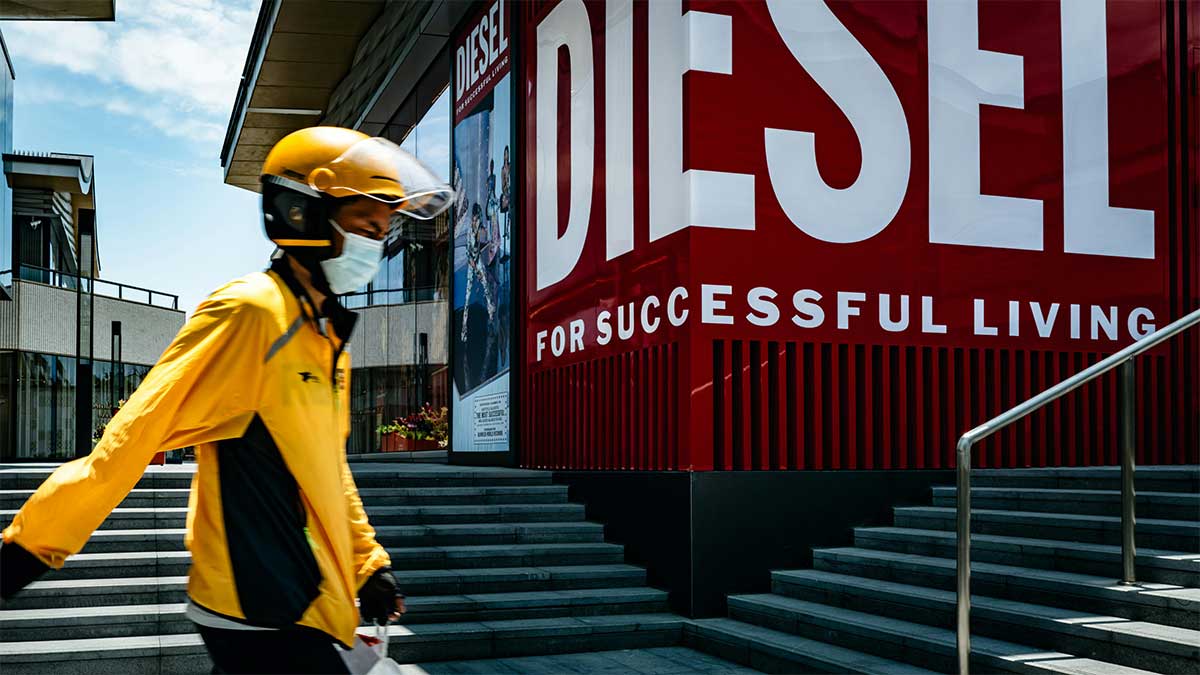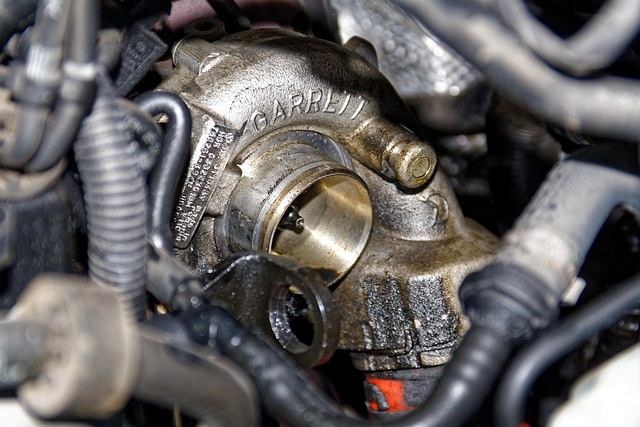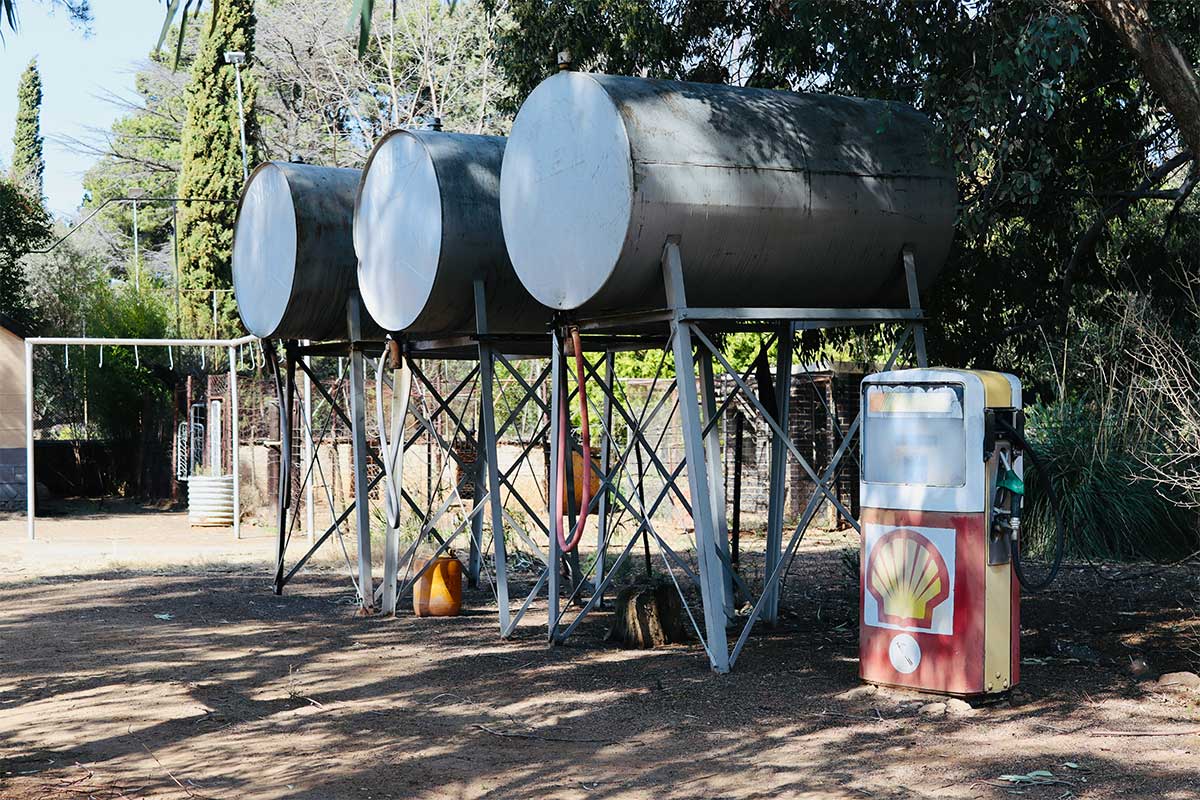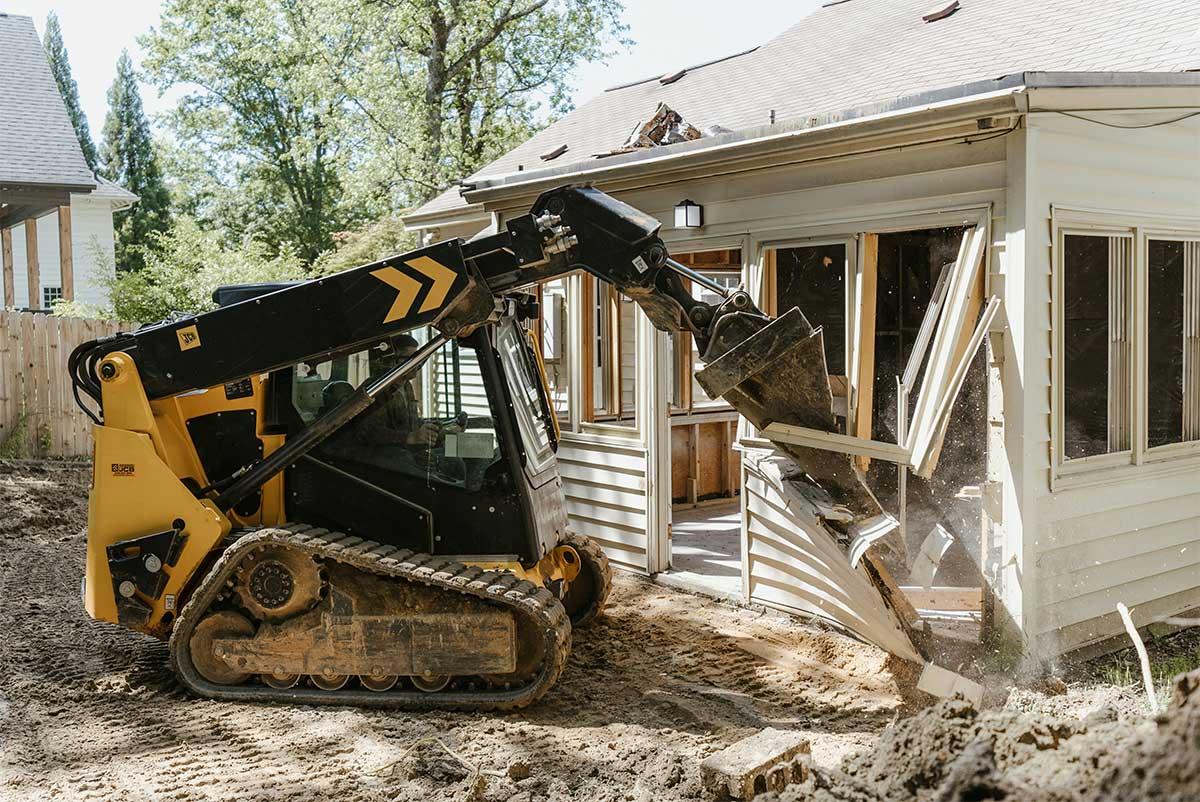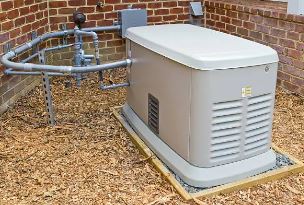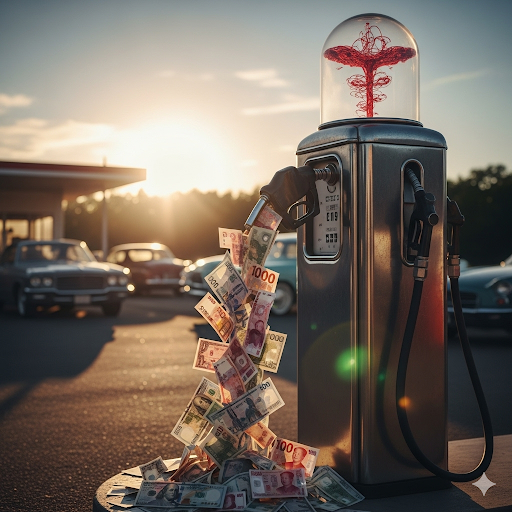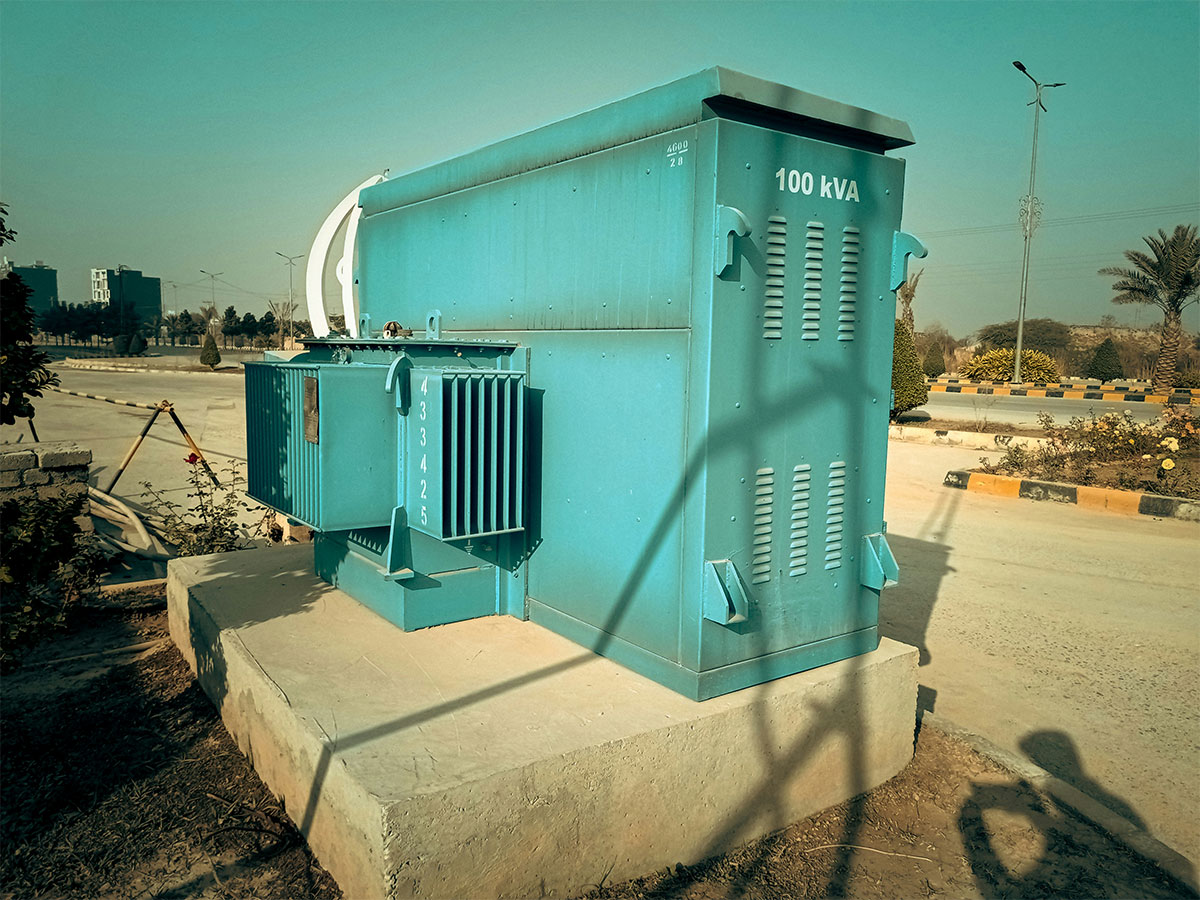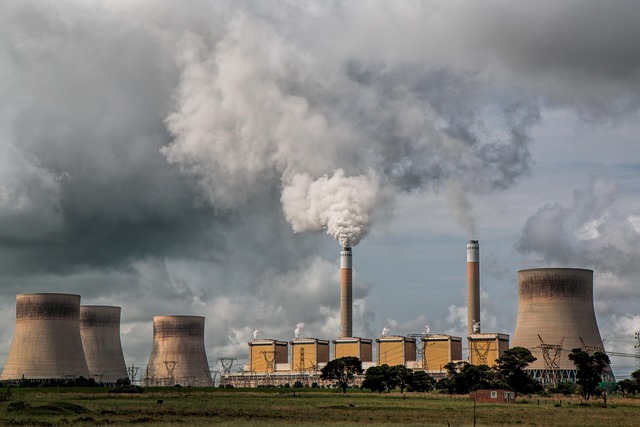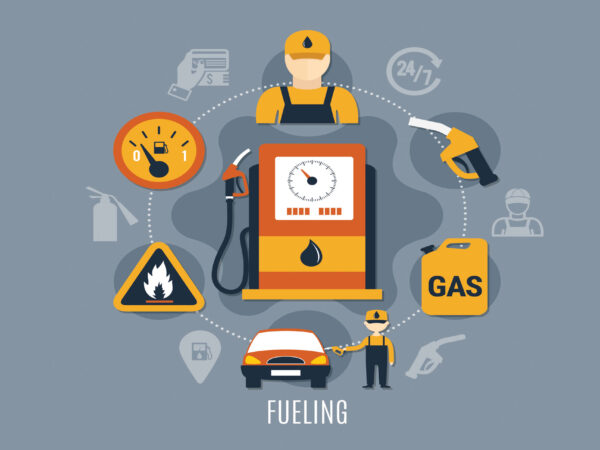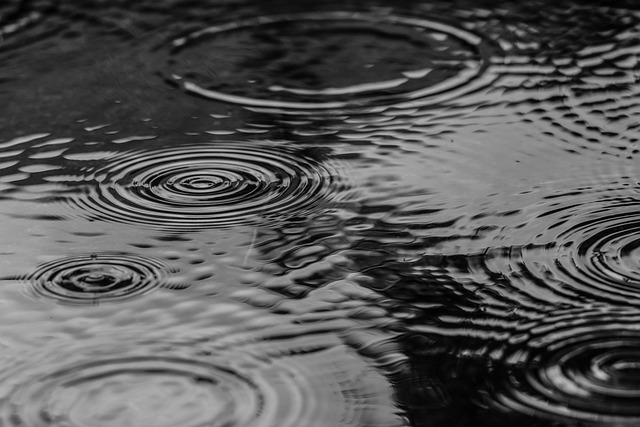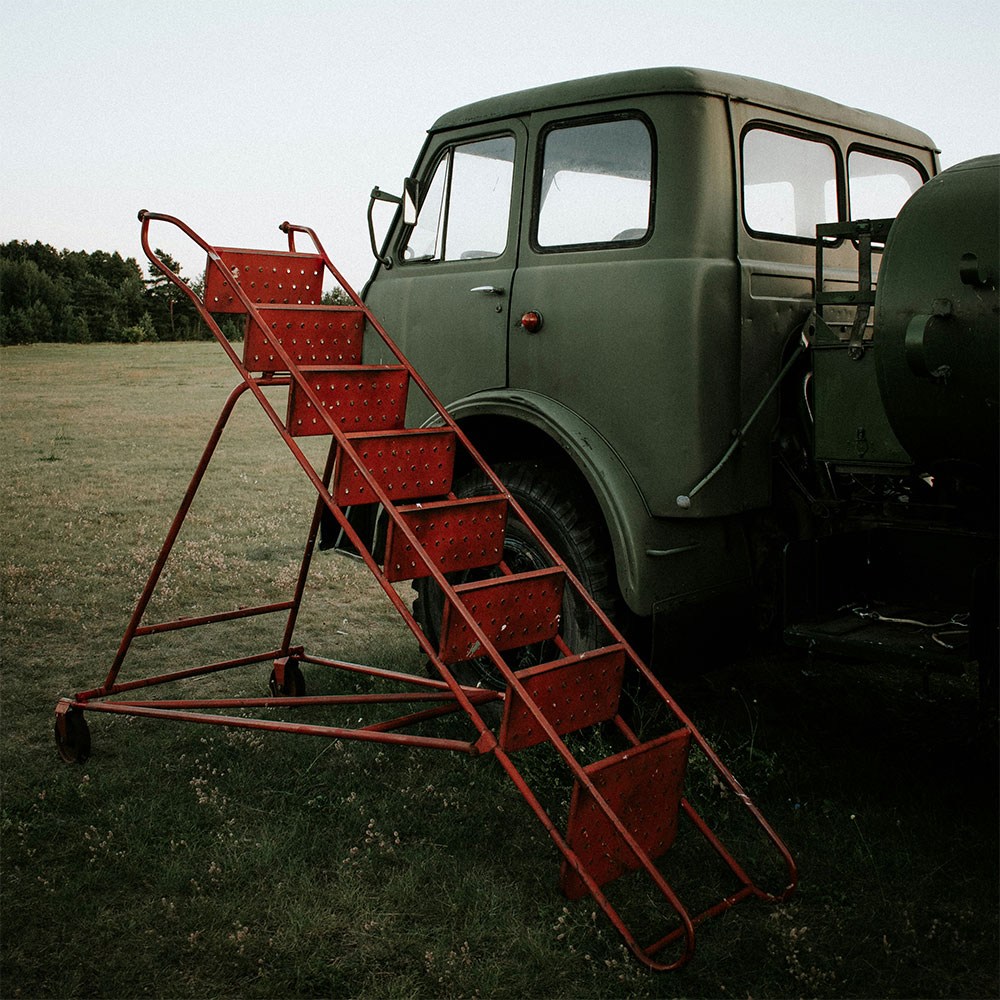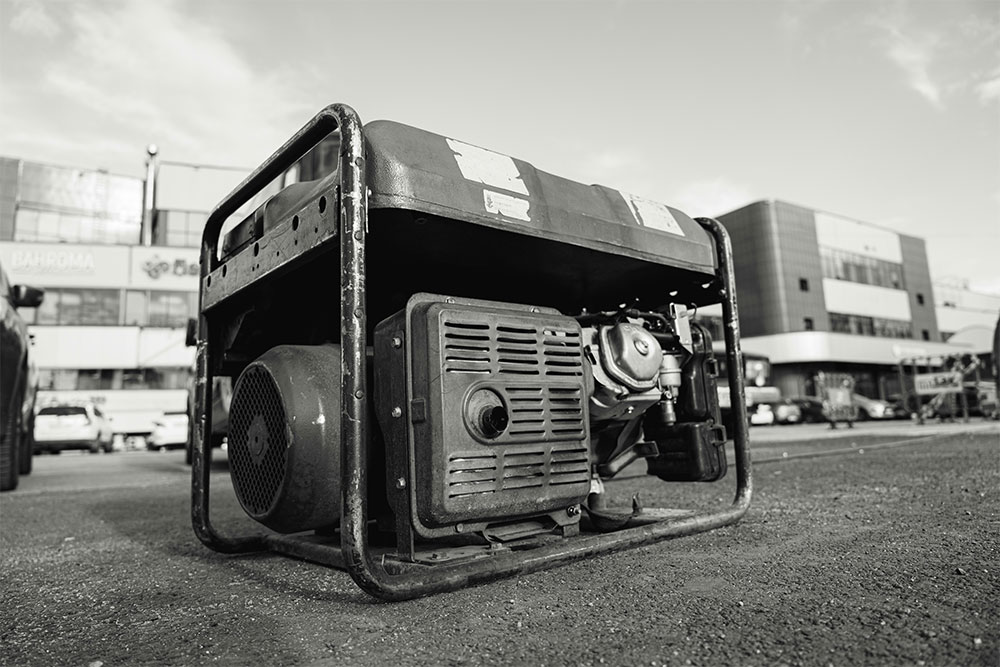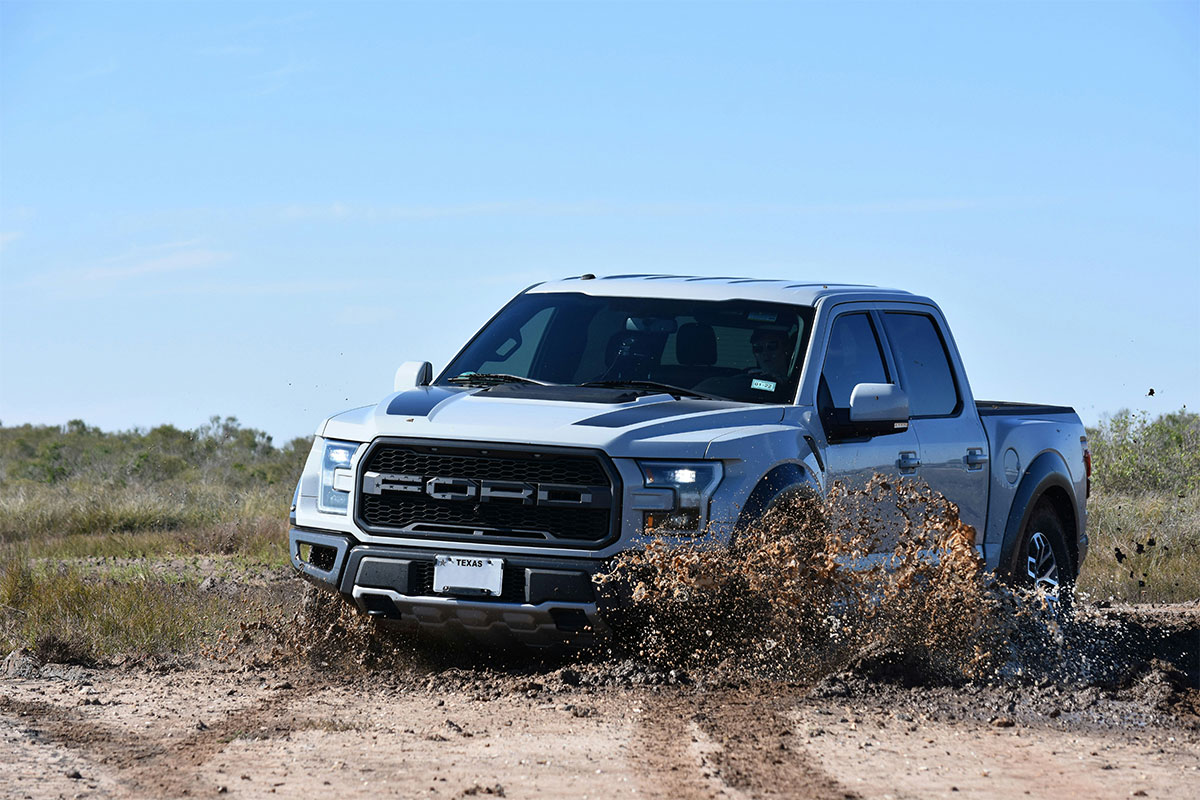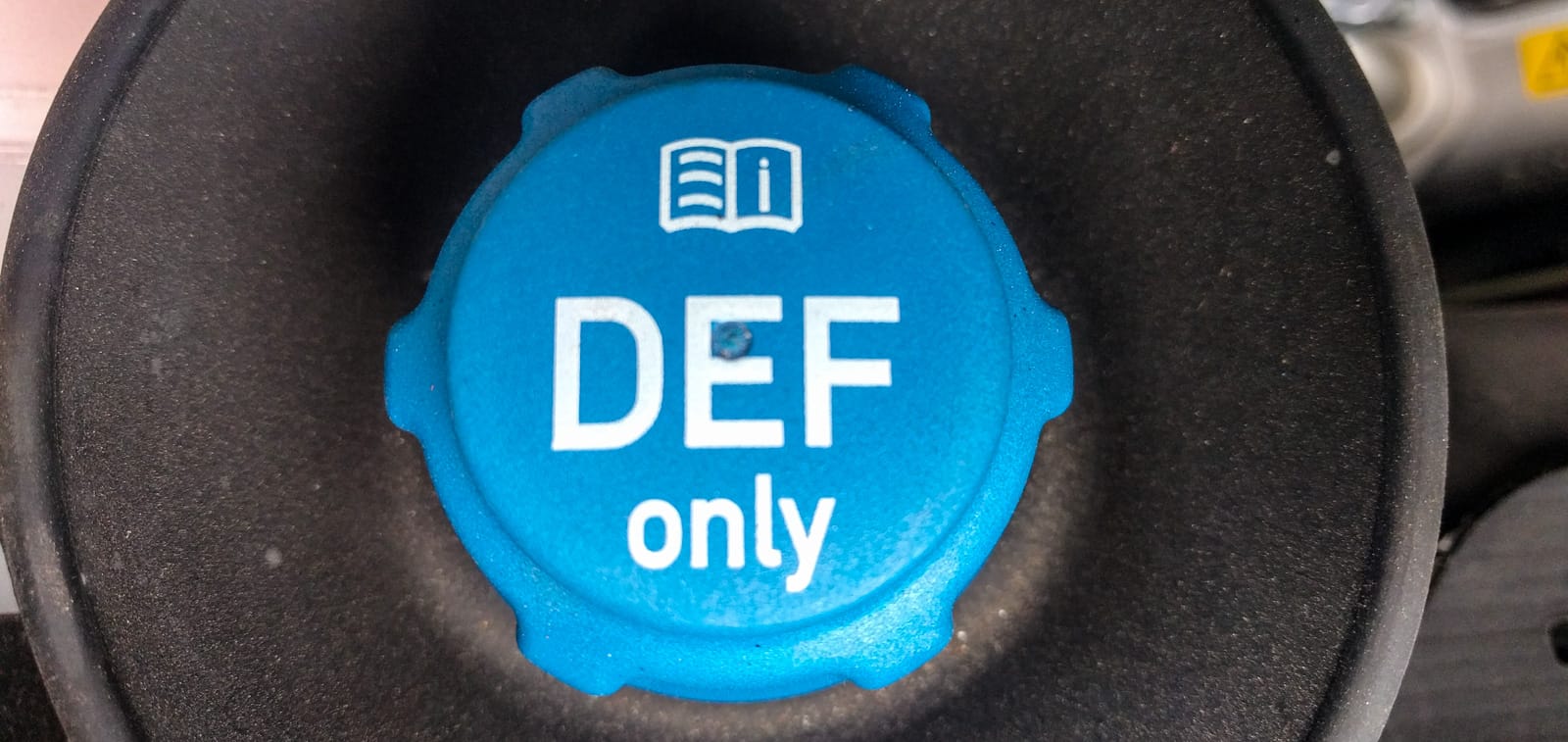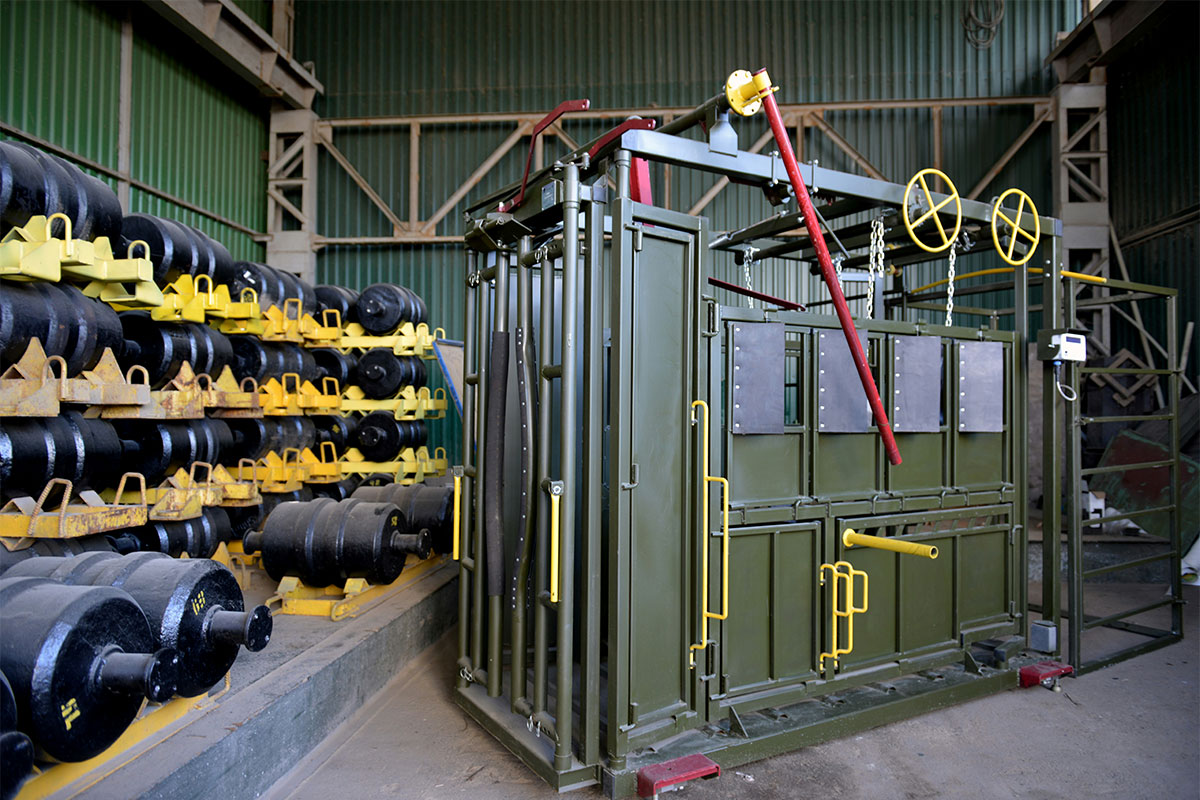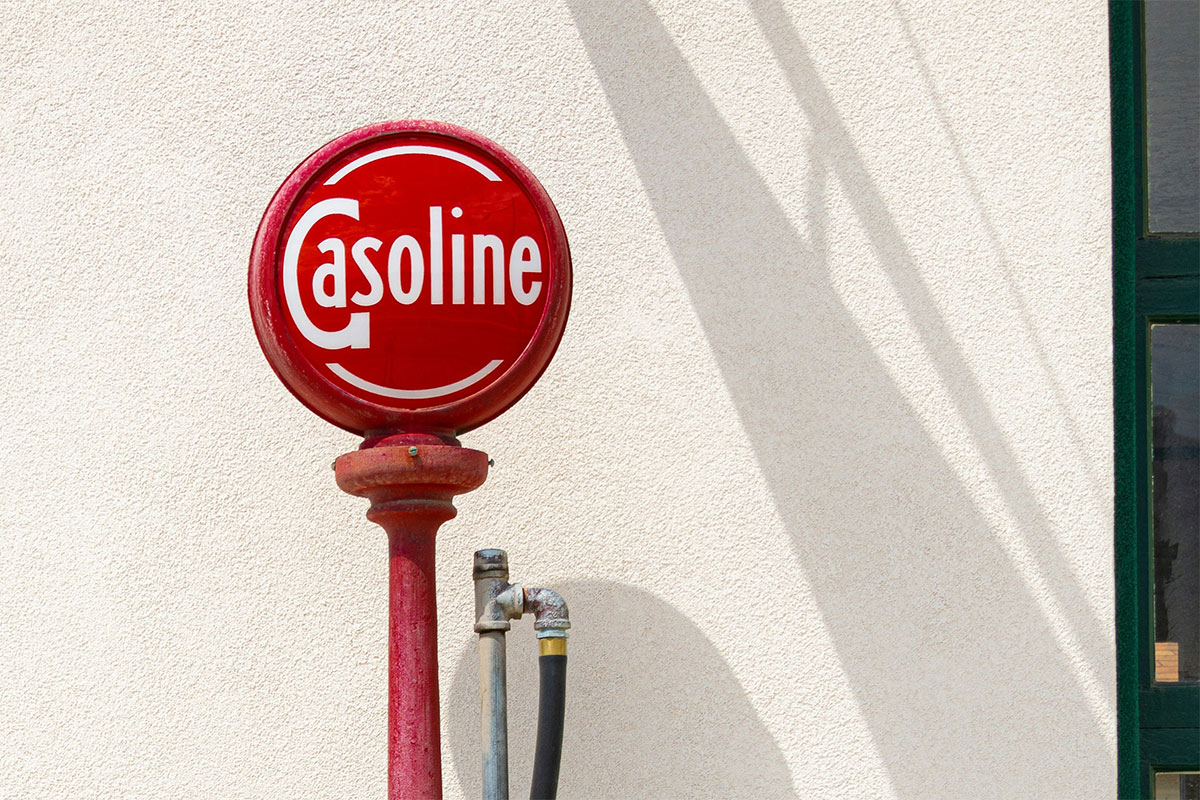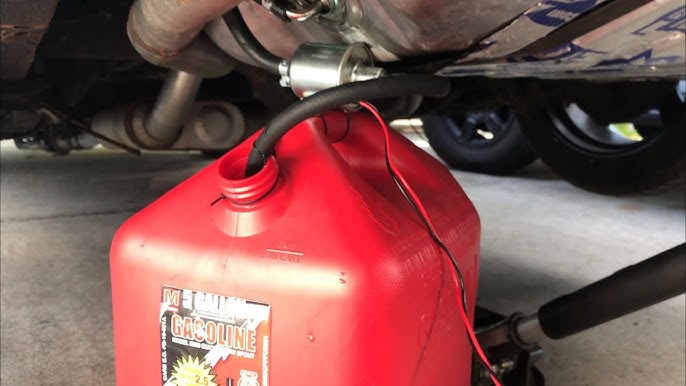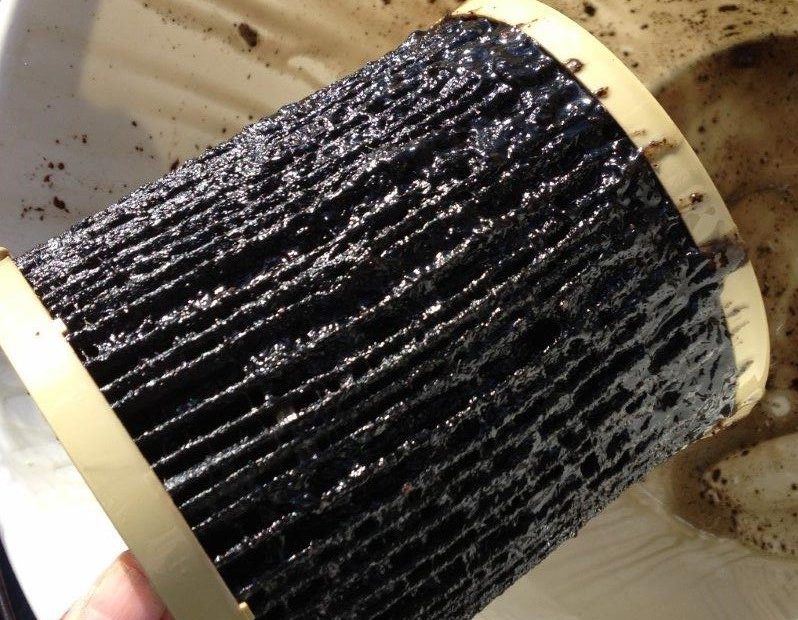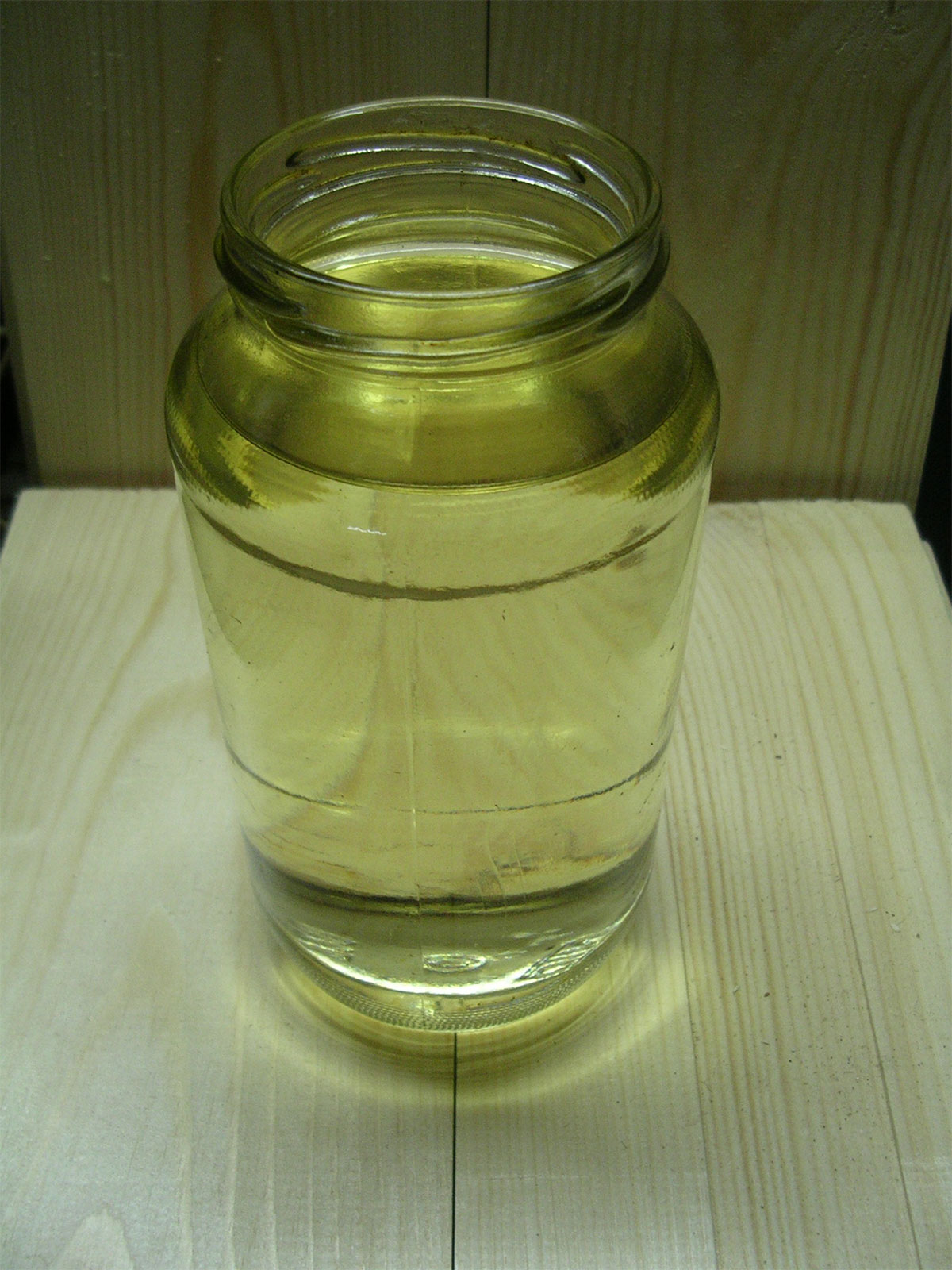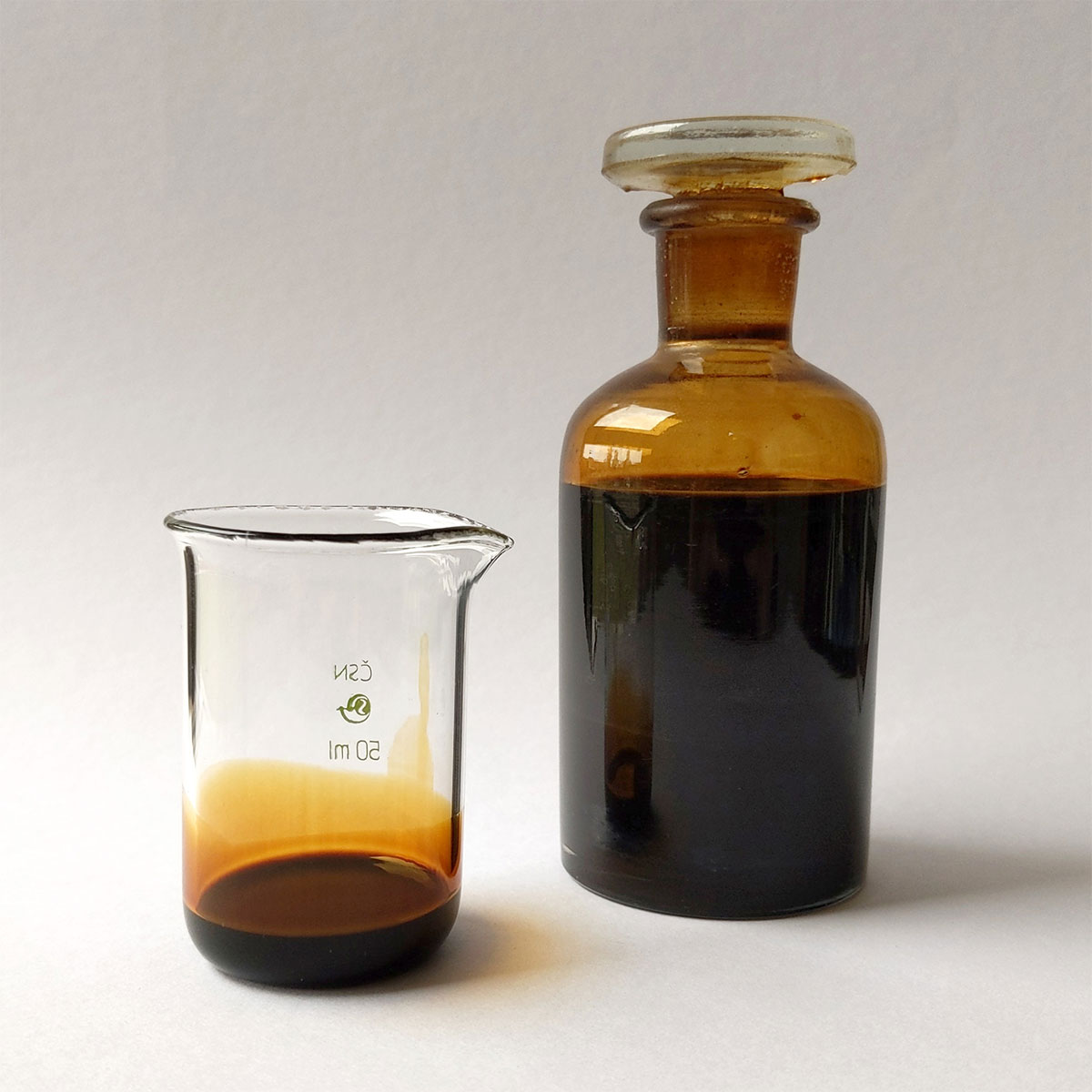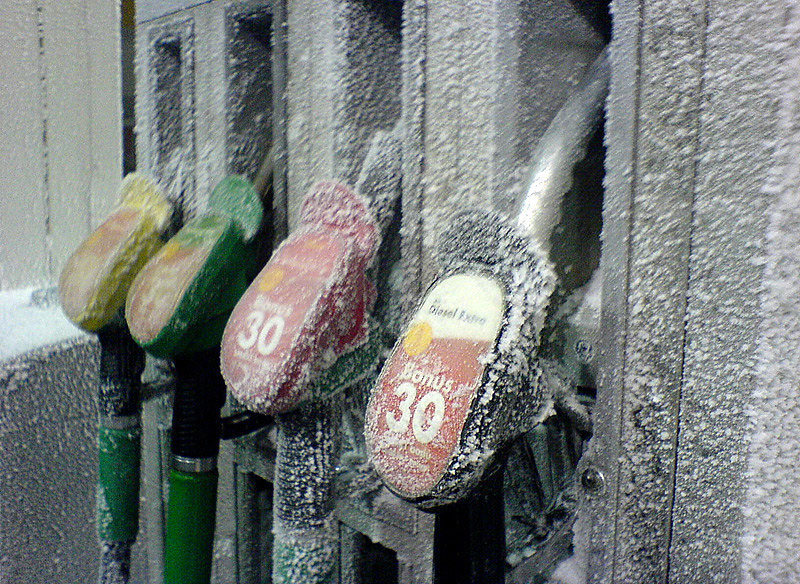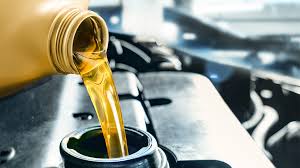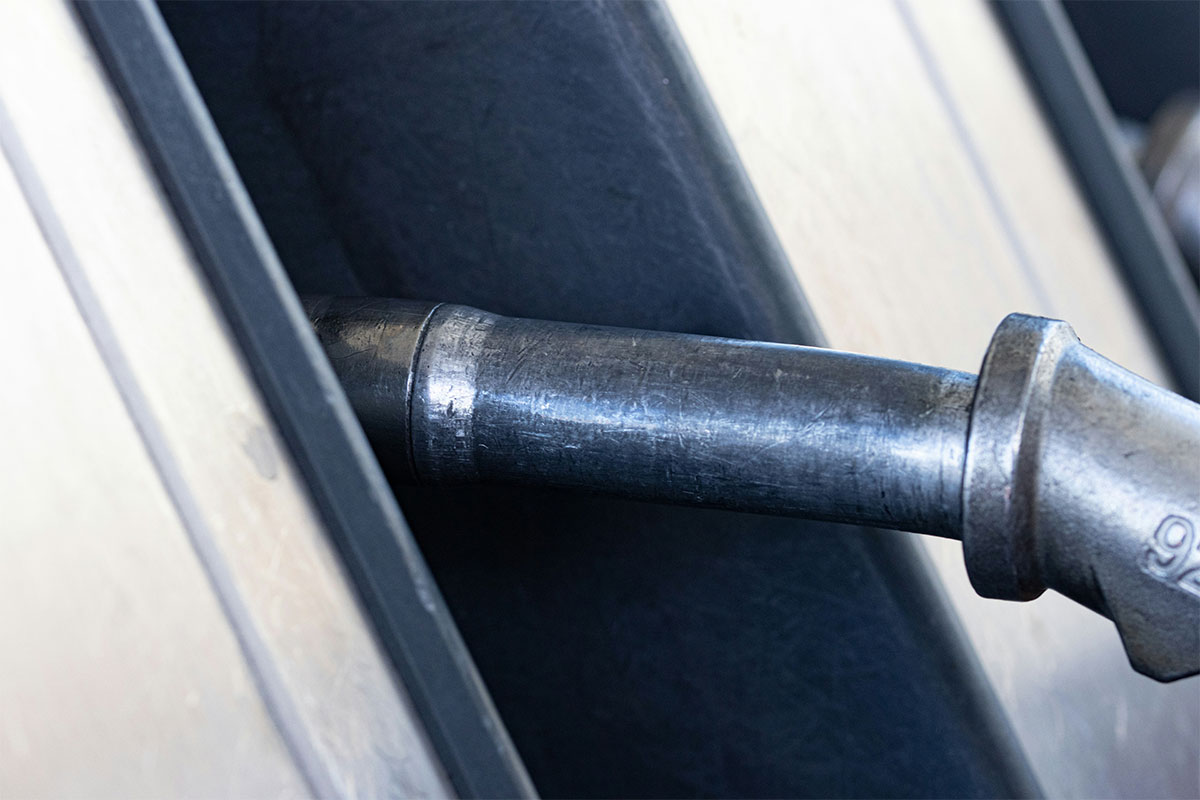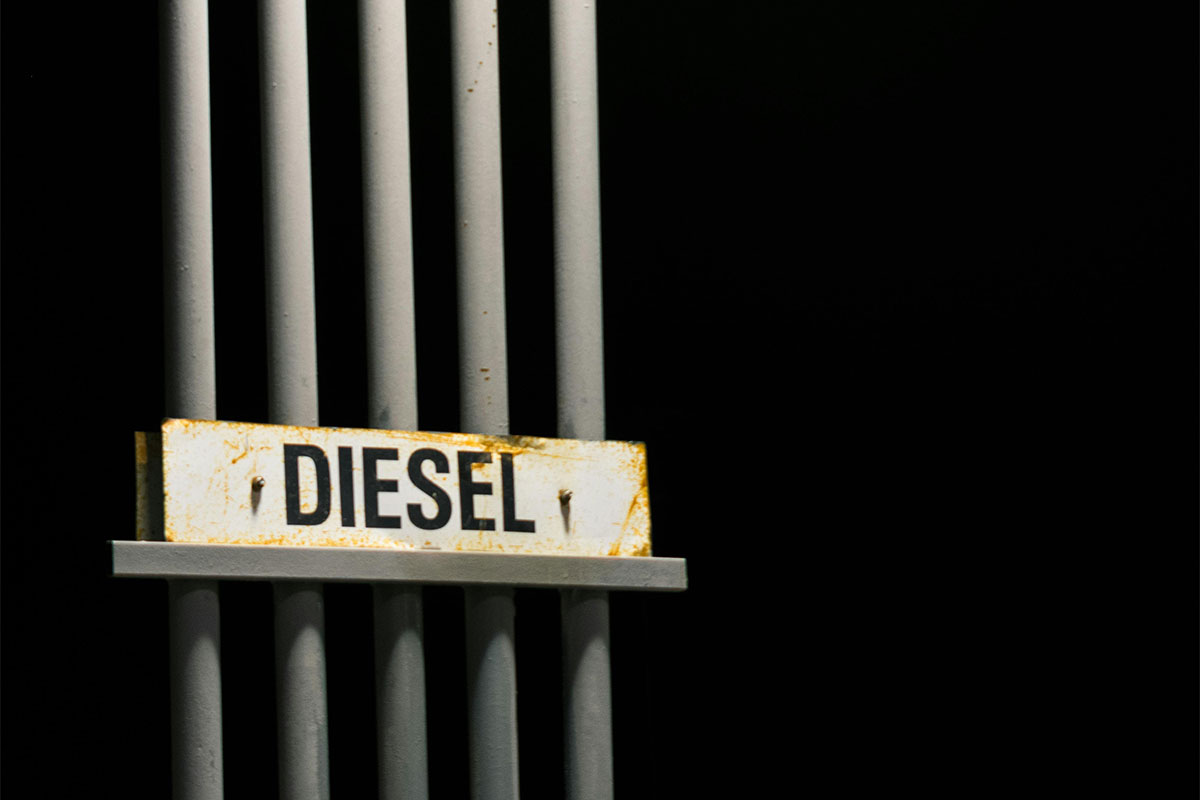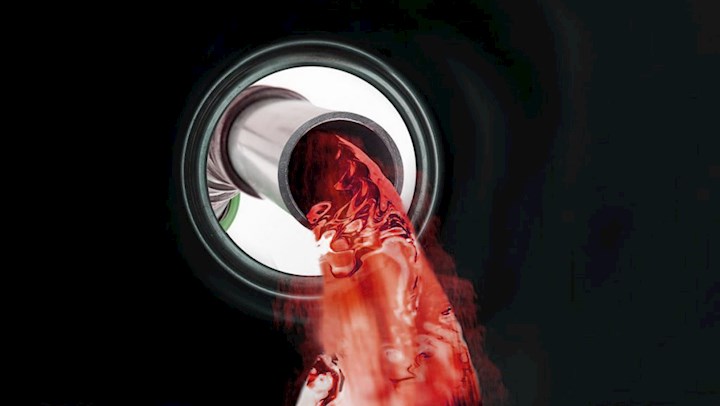Key Takeaways
- How much fuel does a private jet use per hour depends on jet class and mission.
- Tank size and private jet fuel capacity set range, but weight and reserves also matter.
- Private jet fuel cost per hour changes with local price, fees, and burn rate.
- Fuel weight and balance affect performance as much as volume.
- Newer designs and sustainable fuels help reduce overall jet fuel consumption.
Table of Contents
How Much Fuel Does A Private Jet Use?
Private jet fuel usage per hour varies by class:
- Very light/light jets: Typically 120–220 gallons per hour (GPH).
- Midsize/super midsize jets: Typically 200–300 GPH.
- Large/long-range jets: Typically 300–500 GPH.
Dispatchers also calculate block time fuel consumption, which covers all phases from engine start to shutdown (taxi, climb, cruise, descent, holding). Flight planners must monitor a plane’s maximum flight duration before refueling while maintaining legal fuel reserves.
Private Jet Fuel Usage Fundamentals
Jet fuel planning involves various components that exceed the legal minimum requirements. A standard fuel plan encompasses:
- Trip fuel: Covering all phases of flight (taxi, takeoff, climb, cruise, descent, and landing)
- Contingency fuel: Accounting for factors like headwinds or minor route adjustments.
- Alternate fuel: Permitting a safe diversion if the planned destination is unavailable.
- Reserve fuel: The minimum amount required to remain upon landing.
Operators frequently add extra fuel for operational comfort, meaning the actual total block fuel loaded often exceeds the theoretical jet fuel consumption per hour found in manuals. Real-world jet fuel consumption is a balancing act between safety, operational efficiency, and passenger comfort.
How Many Gallons Does A Private Jet Hold?
A private jet’s fuel capacity, which dictates its nonstop range, varies significantly. Very light jets hold a few hundred gallons, while large, long-range jets can hold several thousand. Planners consider usable fuel, which is the amount that can feed the engines. Although airliners typically hold more fuel, many long-range business jets are comparable to them. For owners, the jet’s fuel capacity is crucial as it determines realistic stage length, including required reserves. This applies to all aircrafts, including piston and turboprop planes.
Confused About How Much Fuel Your Private Jet Uses?
Closing fuel bills can feel vague when you only see total gallons and a big number. This guide breaks down fuel burn per hour, tank size, and weight in simple terms so you can finally see how range, reserves, and cost all connect on every trip.
Private Jet Fuel Tank Capacity
Designers determine private jet fuel tank capacity using wing and center fuselage tanks. Wing tanks hold most of the fuel, keeping weight near the center of lift. Larger jets add center and optional long-range tanks in the fuselage. This combined layout defines total private jet fuel capacity.
Inside, baffles and surge spaces limit fuel movement. Transfer pumps manage fuel balance between tanks while crossfeed systems allow engines to draw fuel from multiple tanks, managing how much fuel a jet holds in each section. Good balance reduces drag and supports efficient flight across various weights.
How Much Is It To Fuel A Private Jet?
The cost to fuel a private jet depends on several key factors:
- Unit Price: The cost of private jet fuel or gas varies significantly by airport, region, and even week to week.
- Volume & Strategy: Contracts, fees, and taxes influence the total fuel cost. Buying more at cheaper locations can lower the average price.
- Aircraft Burn Rate: Jets with a high fuel burn rate increase the cost, raising the price per hour for long-haul flights.
- Route Planning: Dispatchers may ‘tanker’ fuel from a cheaper stop, altering the total cost for the entire trip.
For precise figures on how much it costs to fuel a private jet, travelers should request a tailored quote. This quote will detail fuel prices at each airport and how the aircraft’s burn profile affects the overall expense.
Want To Estimate Fuel Cost For Your Next Private Flight?
Before you book or dispatch a trip, use typical burn rates by jet class to sketch how many gallons you will use and what that could cost. Linking fuel price, block time, and reserves helps you avoid surprises and ask smarter questions when you request a charter quote.
How Much Does Jet Fuel Weigh Per Gallon?
Jet fuel weight per gallon is crucial for performance calculations, as limits are based on mass, not volume. The standard figure is just under 7lbs per gallon, though the exact weight varies with temperature and fuel grade as colder fuel is denser. This is why aircraft fuel is typically measured in pounds or kilograms. Dispatch tools convert gallons to mass for takeoff and landing. Crews may also explain fuel weight to passengers to clarify payload trade-offs. Planners consider ramp weight, private jet weight, and runway length, needing to know the mass of the jet at both departure and arrival with reserves.
Airplane Miles Per Gallon
Many readers like to convert burn numbers into airplane miles per gallon so they can compare jets with cars. Small business jets can show better efficiency per seat when all seats are filled. When planners quote private jet mpg they divide ground distance by fuel used in cruise. This gives a simple way to compare different types of private jets on similar routes and helps explain how much fuel do jets use in everyday operations.
A simple comparison for typical long range cruise looks like this
| Jet Category | Approx burn per hour gallons | Approx airplane miles per gallon per seat |
|---|---|---|
| Very light jet | About 120-150 | 10-15mpg |
| Light jet | About 150-200 | 8-12mpg |
| Midsize jet | About 200-250 | 5-8mpg |
For pilots flying small aircraft, understanding the fuel efficiency of a Cessna 172 is often described using relatable terms like Cessna miles per gallon (Cessna mpg). A typical cruising efficiency is about 10-15 statute miles per gallon, though this varies with power settings and altitude. A more common measure for aviation is fuel consumption per hour. The Cessna 172 fuel burn per hour is routinely 8-10gallons, which answers questions like how many gallons per hour does a Cessna 172 burn during standard training operations. This hourly consumption is the basis for calculating how much gas a plane uses or how many gallons per mile across longer flight segments.
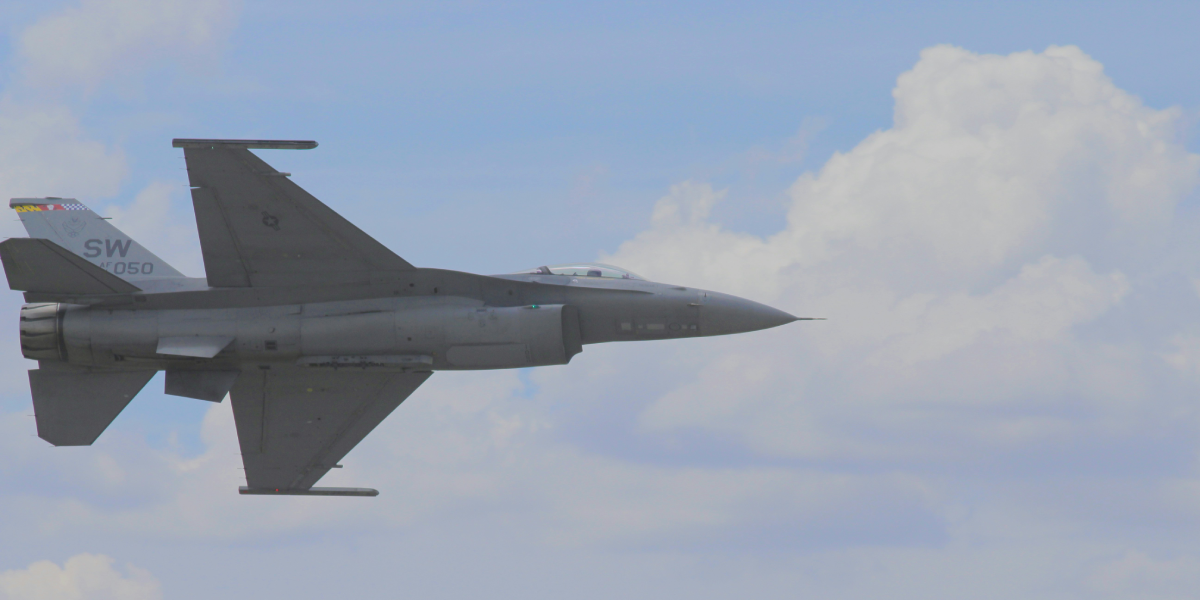
Private Jet Fuel Consumption By Aircraft Type
Fuel consumption, or “burn rate,” varies significantly among types of private jets. Different models are designed for specific uses, from short-distance flights to transoceanic travel.
Operators utilize a combination of manufacturer specifications and real-world flight logs to accurately estimate the private jet fuel consumption for each aircraft in their fleet. This tracking also includes data for:
- Cessna fuel consumption
- Regional jets, such as Embraer 175 fuel consumption per hour
- Long-range business jets
These figures clarify how much fuel jets use in regular operations. They also serve as a basis for comparison with how much fuel does a commercial airplane use, how much jet fuel does a plane use, and how much fuel does a passenger plane use on similar routes.
Cessna Citation Fuel Burn
The family captured by cessna citation fuel burn covers many models, from older light jets to modern super midsize types. A small Citation may burn around 140-180 gallons per hour in cruise. Newer variants with winglets can be more efficient. When pilots discuss cj4 fuel burn they often quote about 180- 220 gallons per hour at typical cruise speeds. Power setting and altitude matter in each case.
Challenger 604 Fuel Burn
Operators often cite challenger 604 fuel burn figures in the range of about 230-280 gallons per hour in cruise. Climb segments use more, while long range cruise settings reduce burn. The aircraft can trade speed for range, so crews pick a setting that fits schedule and fuel price.
Gulfstream G650 Fuel Burn
The Gulfstream G650’s fuel burn is crucial for ultra-long-range missions. At long-range cruise, it consumes about 300–400 gallons per hour over great distances. Efficiency improves with step climbs as the aircraft lightens, offering a good comparison when considering the fuel usage of commercial jets on similar intercontinental routes.
What Is The Most Fuel Efficient Private Jet?
It is hard to say which is the most fuel efficient private jet because missions differ, but these traits indicate efficiency:
- Modern aerodynamic design with clean wings and winglets.
- New generation engines with low specific jet fuel consumption.
- Cabins that match mission length and typical passenger count.
- Smart use of altitude and long range cruise instead of maximum speed.
When comparing models, it helps to think in terms of fuel per seat per mile and to ask which type is the most fuel efficient jet for a given mission profile. Some of the most fuel-efficient light aircraft combine propulsive efficiency with modest cruise speeds to give strong results, especially on routes where top speed is not needed.
Ready To Make Your Private Flying More Fuel Efficient?
Small changes in aircraft choice, cruise speed, altitude, and passenger load can improve airplane miles per gallon. Learn how operational choices and newer designs, including Sustainable Aviation Fuel, affect efficiency so you can balance comfort, cost, and environmental impact on every mission.
Most Fuel-Efficient Light Aircraft
The competition for the title of most fuel-efficient light aircraft is mainly between turboprops and very light jets (VLJs). Turboprops are strong rivals to jets in airplane miles per gallon on shorter routes because their propellers are very efficient at lower speeds. When VLJs are flown at their optimal altitudes with multiple passengers, they demonstrate excellent private jet mpg. Consequently, how much fuel a small plane uses per mile in this category is often considerably lower than that of large cabin jets, even if the hourly fuel burn appears similar.
How Do Operational Variables Such As Speed And Altitude Affect A Private Jet’s Fuel Consumption?
Fuel consumption in private jets is significantly influenced by speed and altitude under real-world conditions. Operating slightly below the maximum cruise speed often leads to lower drag and, consequently, reduced fuel burn. Higher altitudes generally offer thinner air, resulting in greater efficiency. For this reason, flight crews often ascend in stages as the aircraft’s weight decreases. Flight path is also a factor as tailwinds decrease the effective gallons per mile on west-to-east routes, while headwinds increase it. Effective flight planning incorporates all these factors to reduce fuel consumption and optimize business jet missions.
What Is The Shelf Life Of Jet Fuel?
Storage time links to both safety and cost, so many operators ask how long does jet fuel burn for after long storage. With clean tanks and good housekeeping, Jet A can often remain on specification for many months. Temperature swings, water, and microbial growth shorten life. Additives help control icing and stability. When crews talk about how fast jet fuel burns in engines versus how long jet fuel burns in storage, they separate combustion behaviour from shelf life. Facilities also track tank conditions so they know jet fuel burns at stable rates once it enters the engines.
Types Of Jet Fuel
In business aviation, the most common grades are Jet A and Jet A1 which gives better low temperature performance. Some regions use other grades, and military fleets may employ special formulations. These types differ in freezing point and thermal stability. Regardless of grade, planners still compare how much fuel does a plane use to take off from given runways and review how much fuel does a commercial airplane use for each stage length.
What Is Sustainable Aviation Fuel?
Sustainable Aviation Fuel, often called SAF, is a certified alternative that can be blended with conventional fuel. It is designed to be a drop in product, so most jets can use it without hardware changes.
- SAF is produced from renewable or waste based feedstocks.
- It can reduce lifecycle emissions compared with fossil fuel.
- It mixes with standard Jet A within approved blend ratios.
- Current supply is limited and prices are higher.
As SAF use grows, it will influence how much fuel do jets use in a climate impact sense, even if actual gallons stay similar. For owners tracking emissions alongside how much does private jet fuel cost, SAF blends add another dimension to planning and public reporting.
How Much Extra Fuel Does An Extra Passenger Use?
The extra fuel used by an additional passenger on a private jet is usually minimal, adding only a tiny share to the overall jet weight, resulting in just a few extra gallons of fuel burned on a short trip. However, near maximum range, an extra passenger and bag can necessitate an unplanned fuel stop. Ultimately, for most missions, the impact of one extra seat is minor compared to weather and routing factors.

